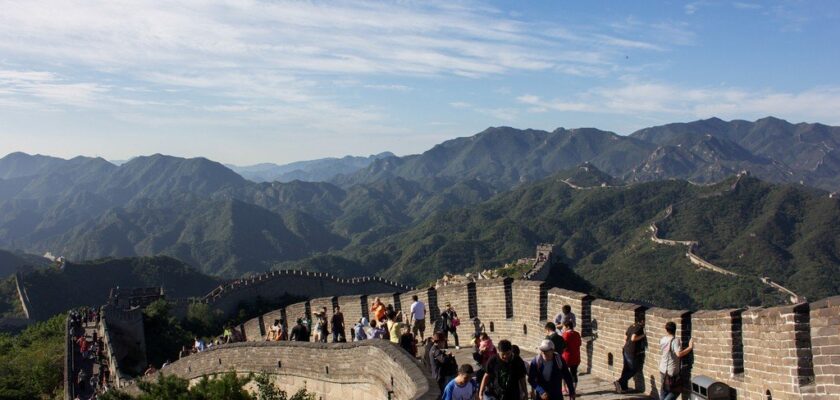Great Wall of China
The Great Wall of China runs through the northern regions of modern China and is one of the largest architectural monuments not only in the Middle Kingdom, but also in the world. More than that: it is the largest construction ever erected by man. According to official data, the total length of the Great Wall of China, taking into account all its branches is 8851.9 kilometers. However, some researchers tend to believe that in fact it is almost two and a half times longer – 21 thousand km.
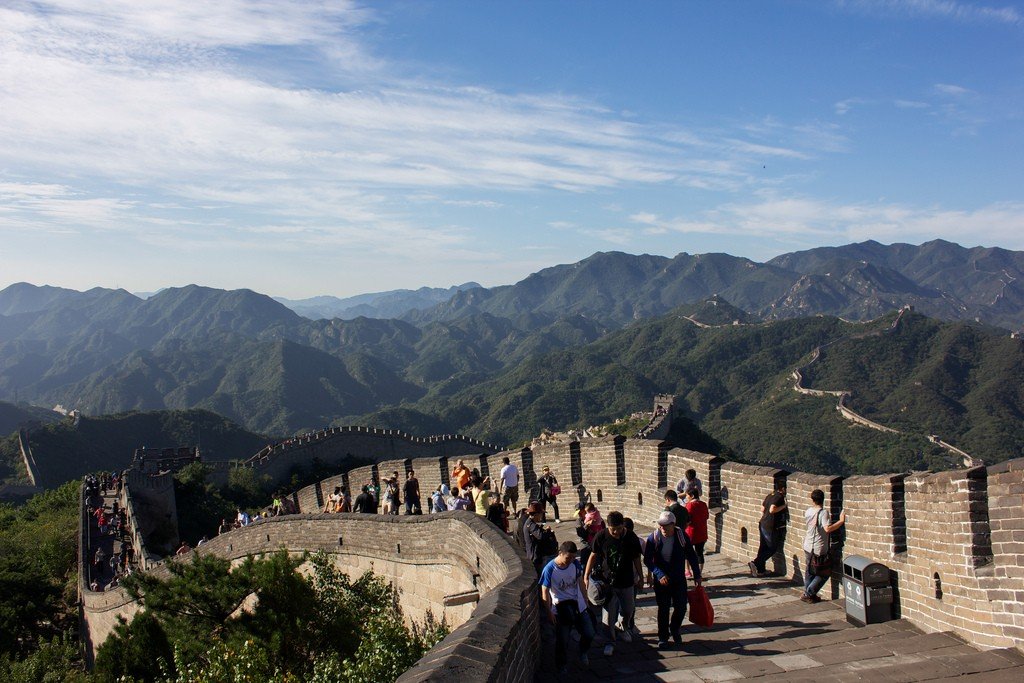
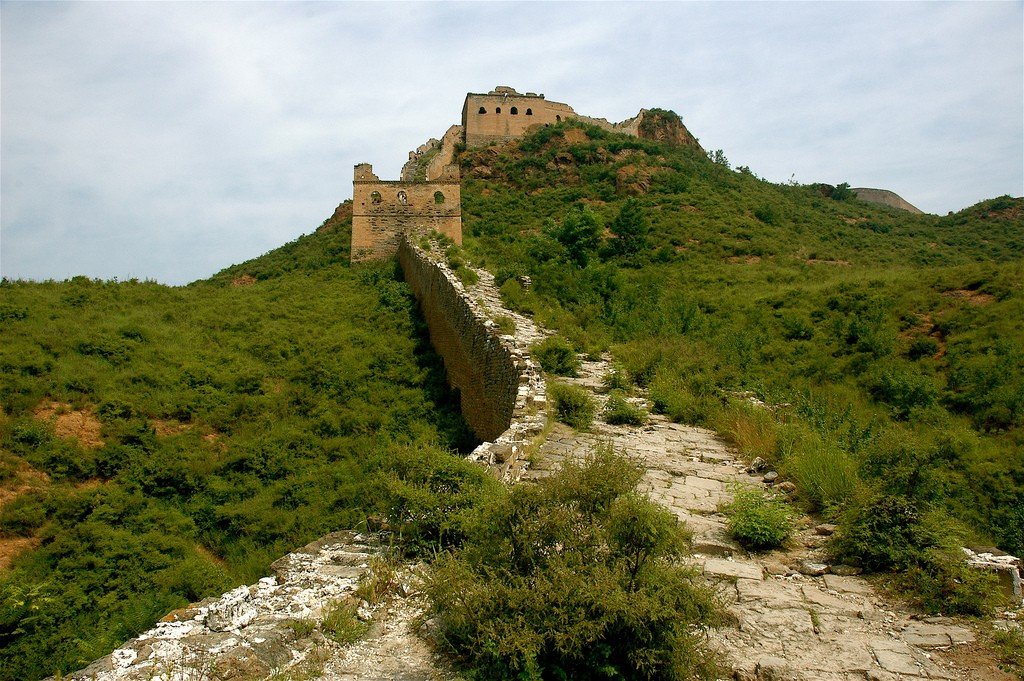
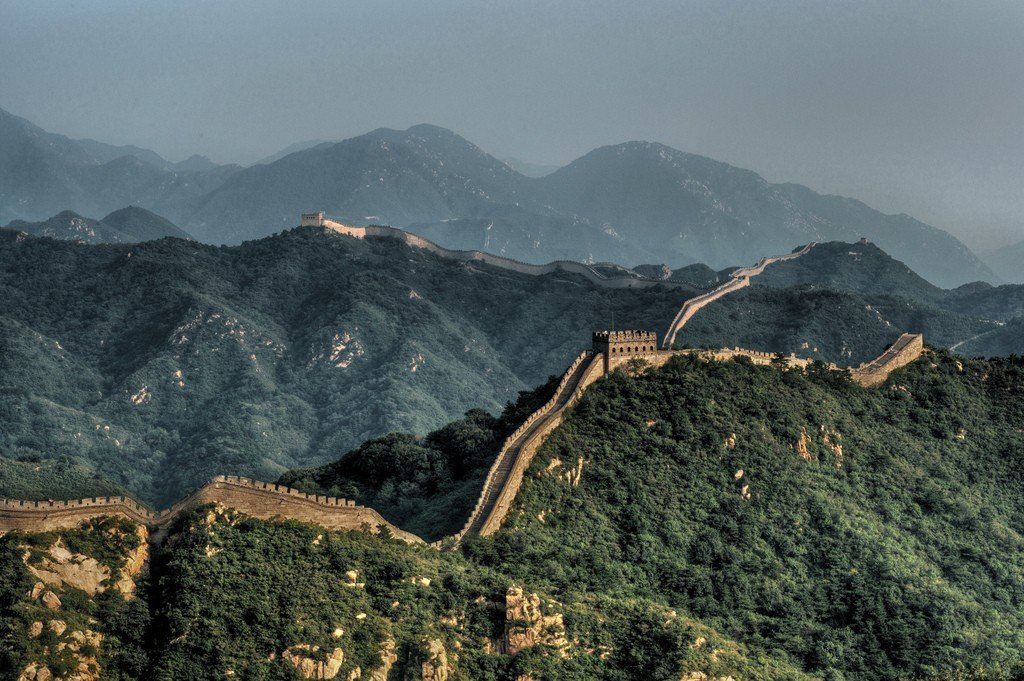
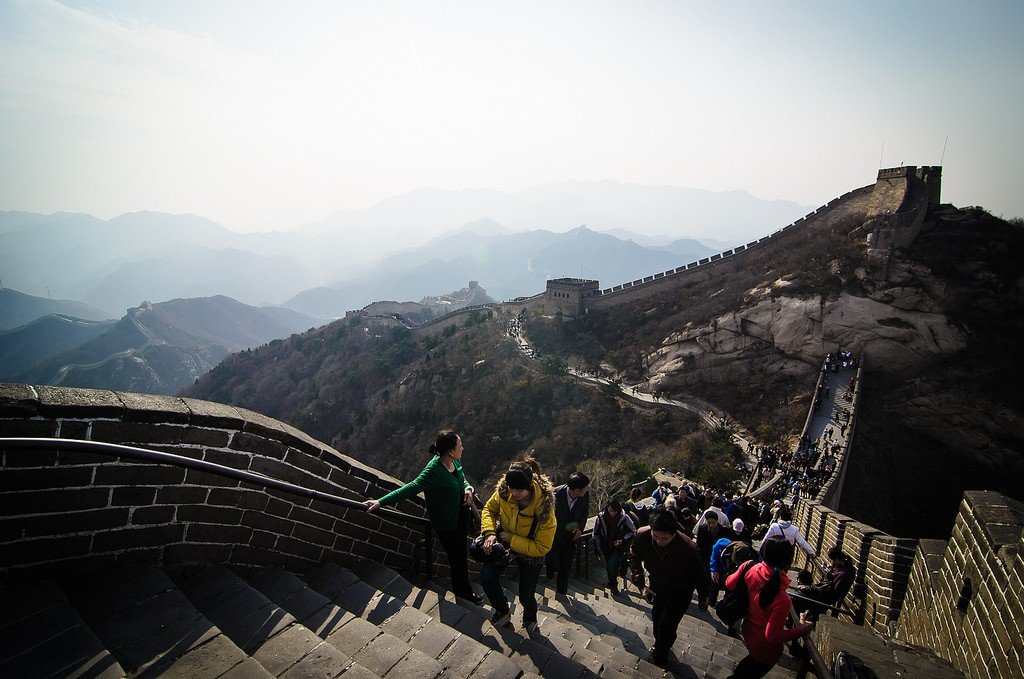
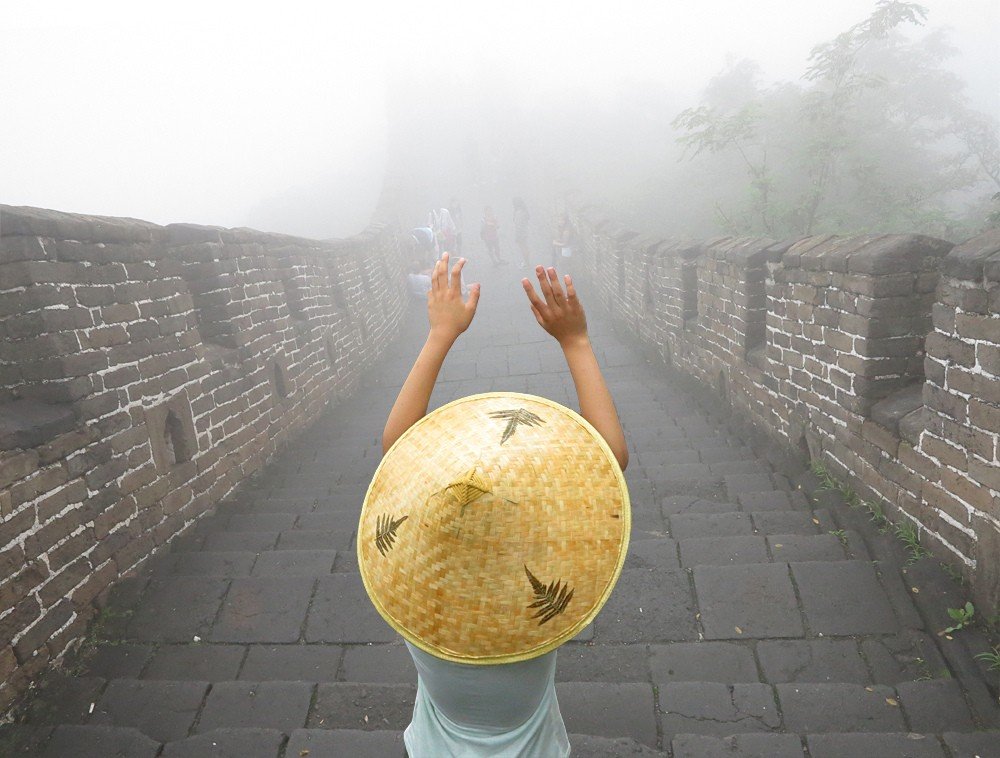
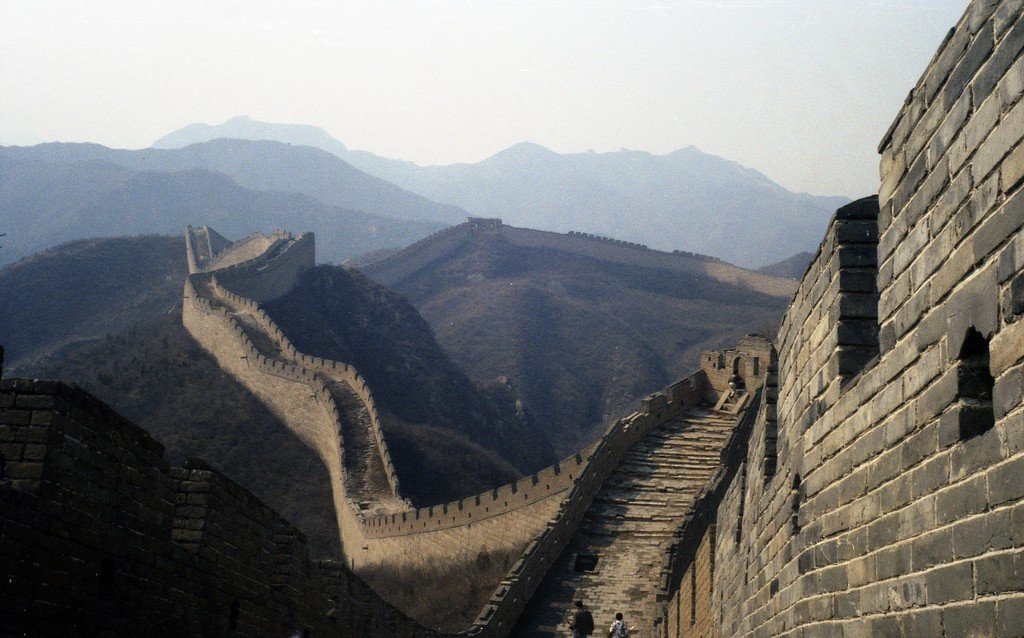
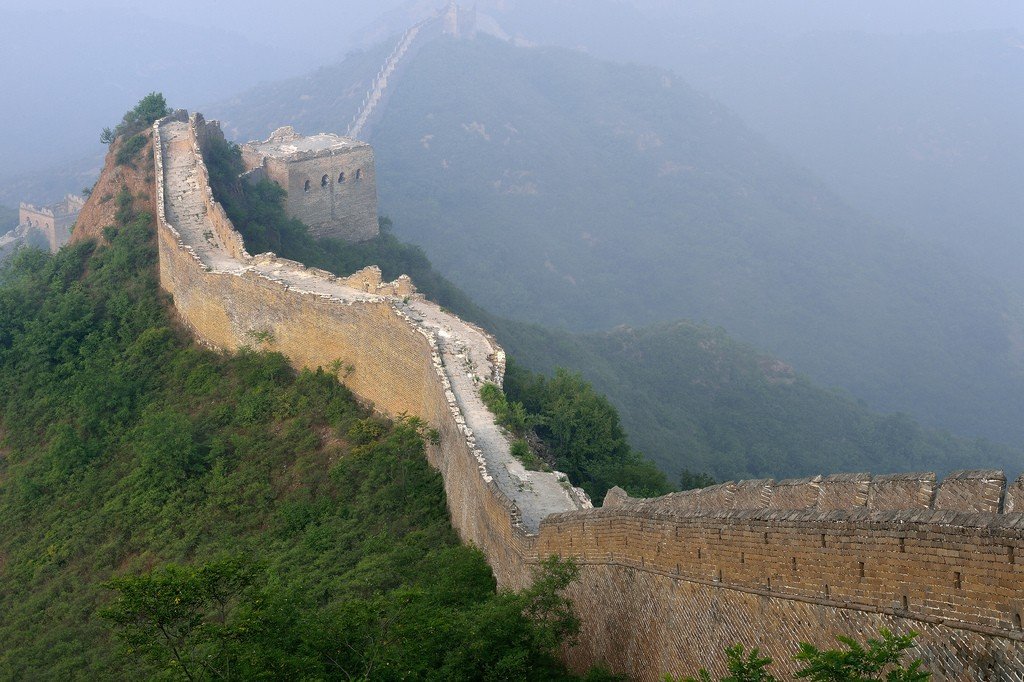
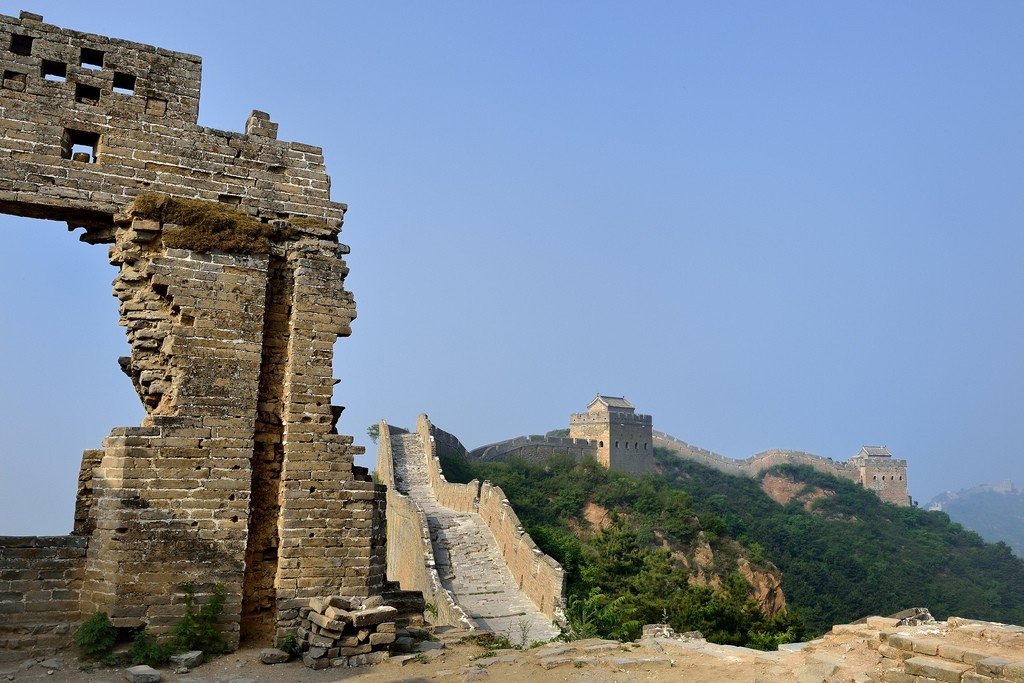
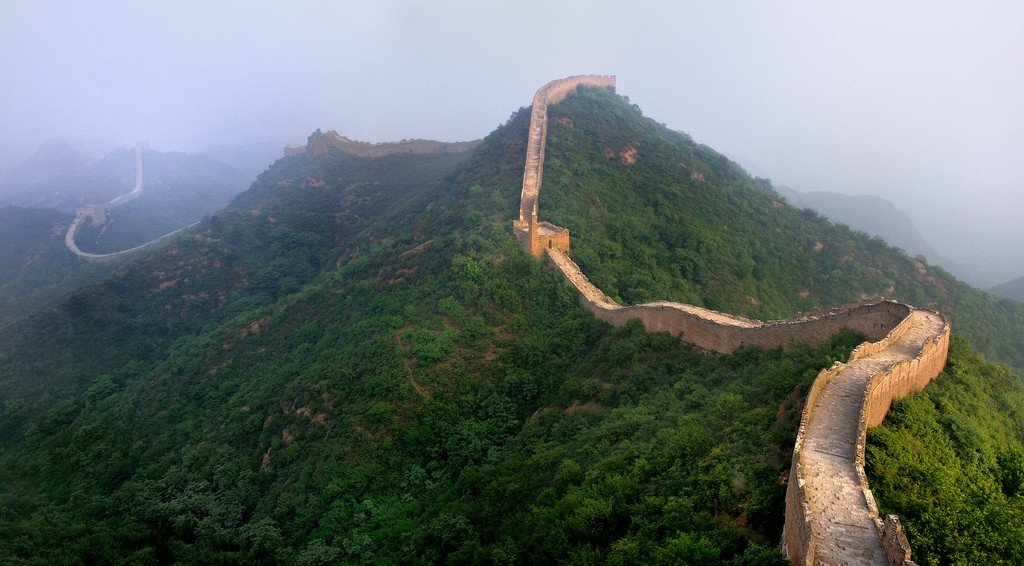
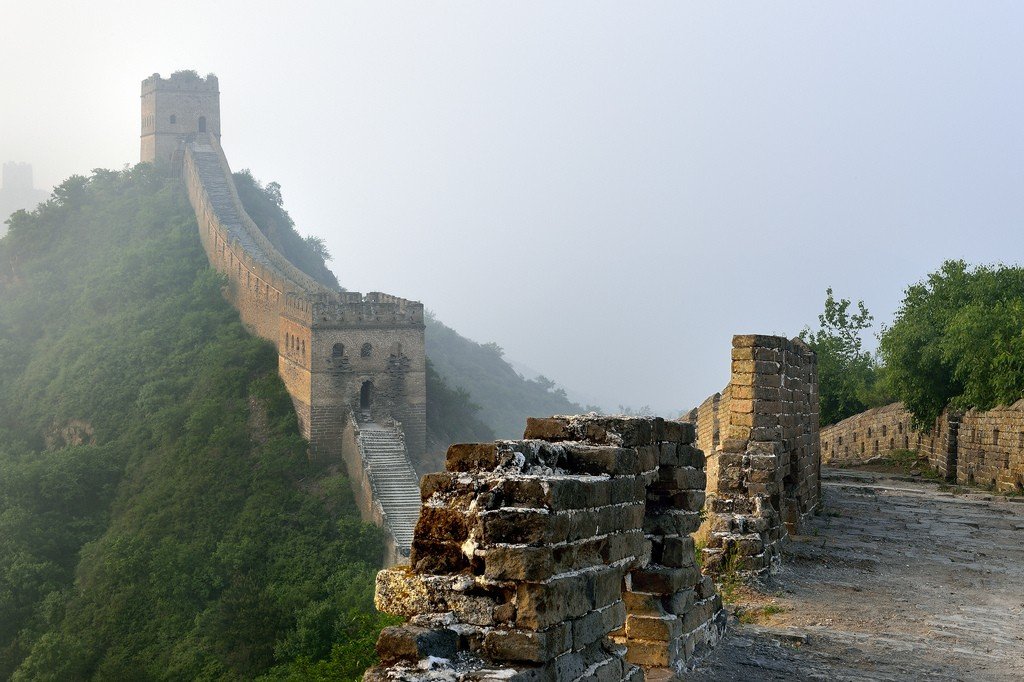
Video: Great Wall of China
Contents- Highlights
- History of the construction of the Great Wall of China
- Where the wall begins and ends
- Myths, legends, interesting facts
- Sections of the Great Wall of China
- Activities to preserve the wall
- Museum of the Great Wall of China
- For tourists
- Visiting times, how to get there
Highlights
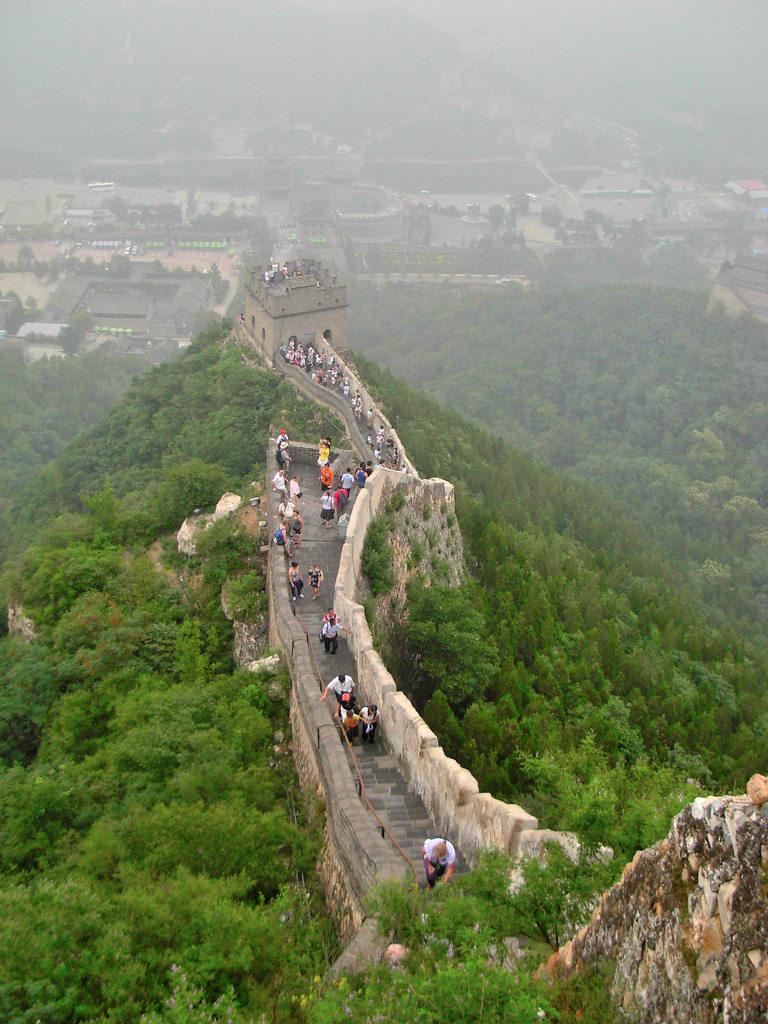
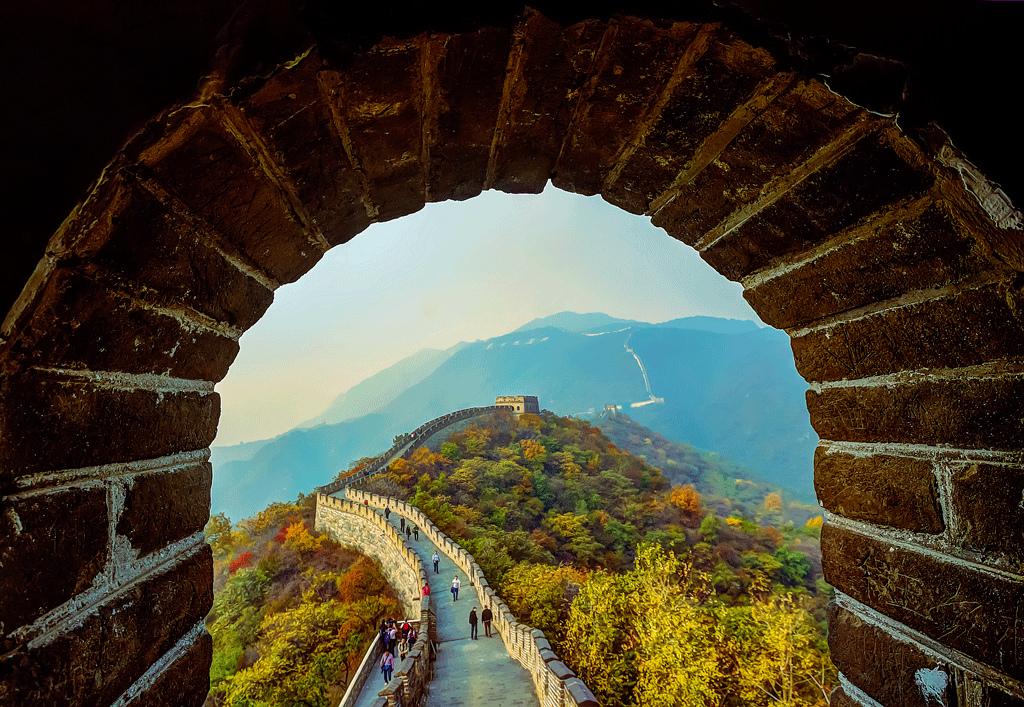
History of the Great Wall
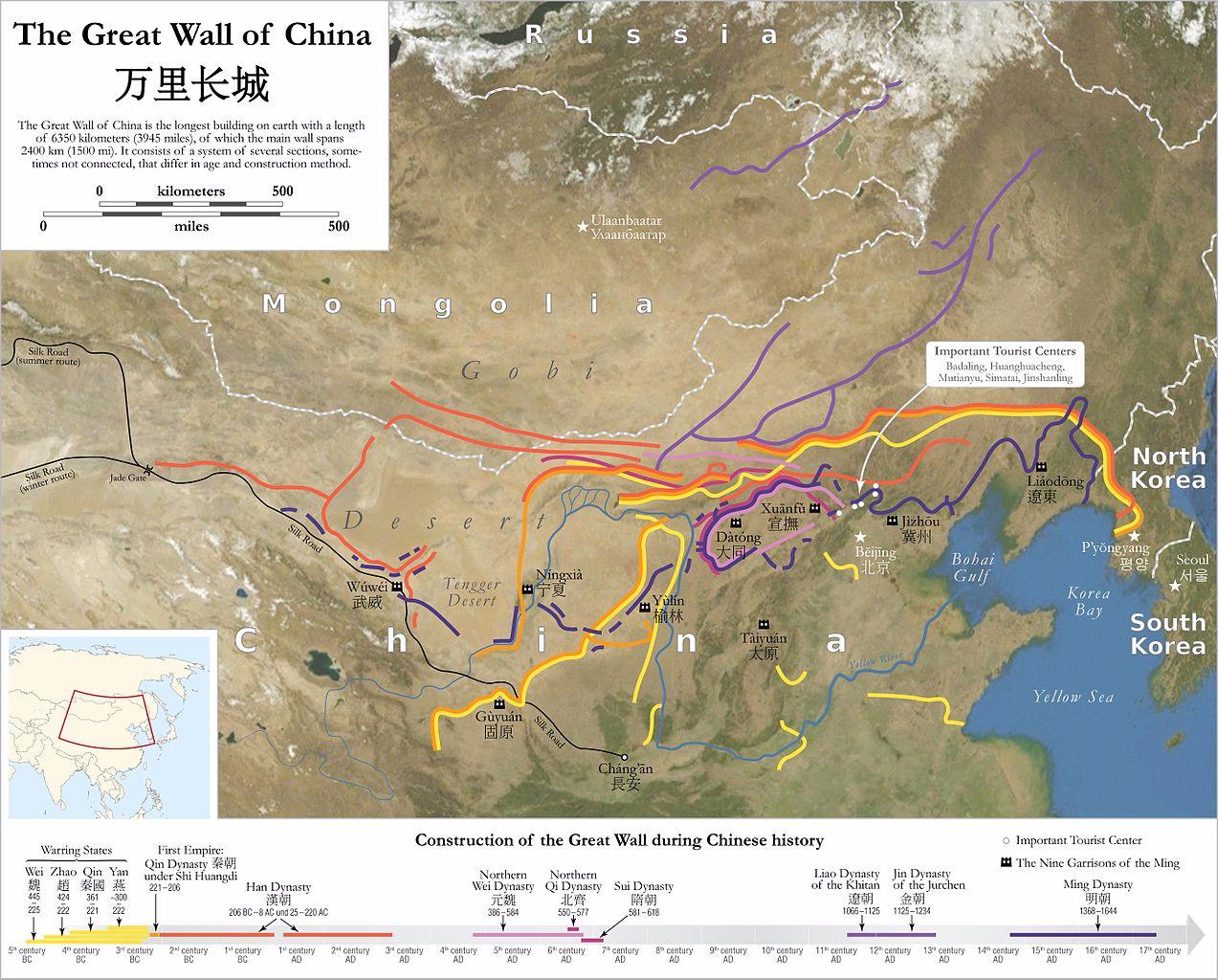
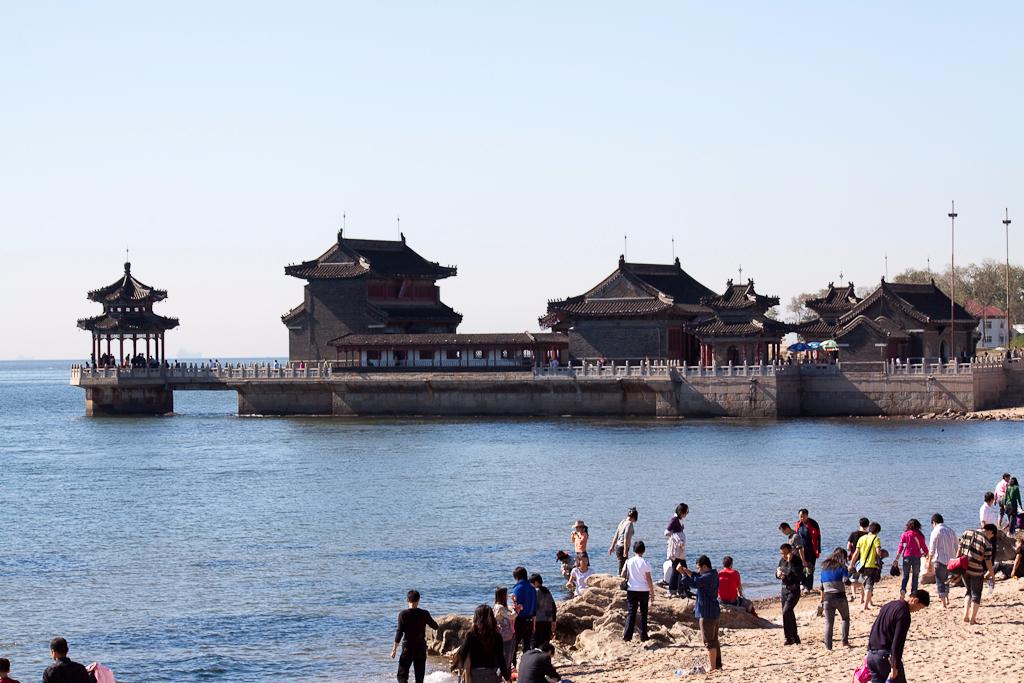
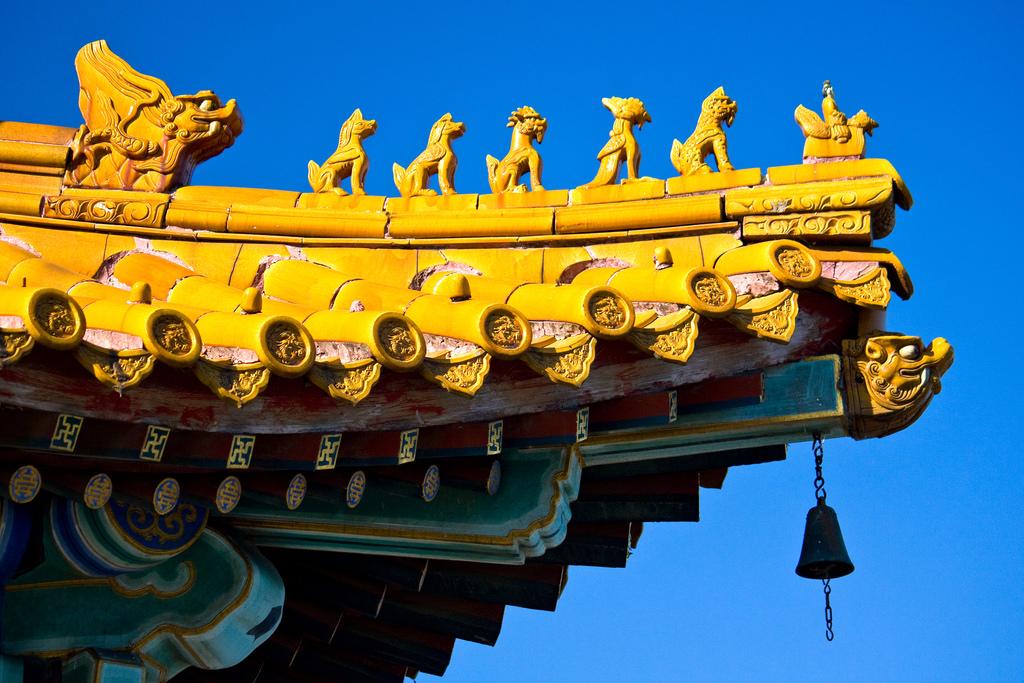
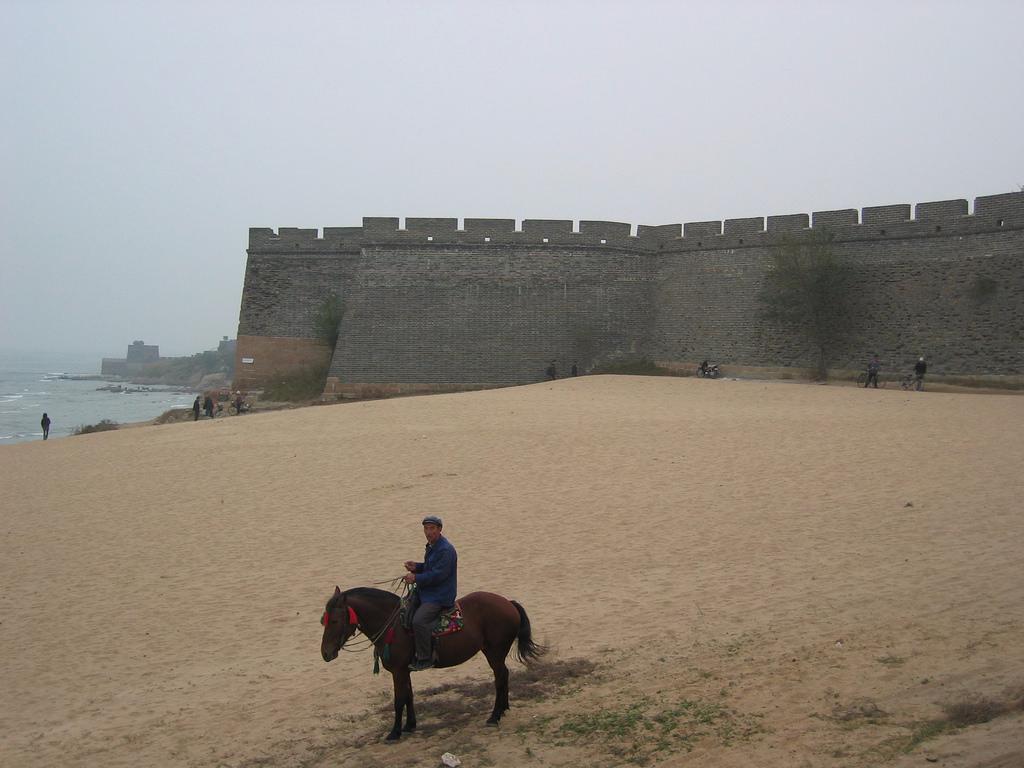

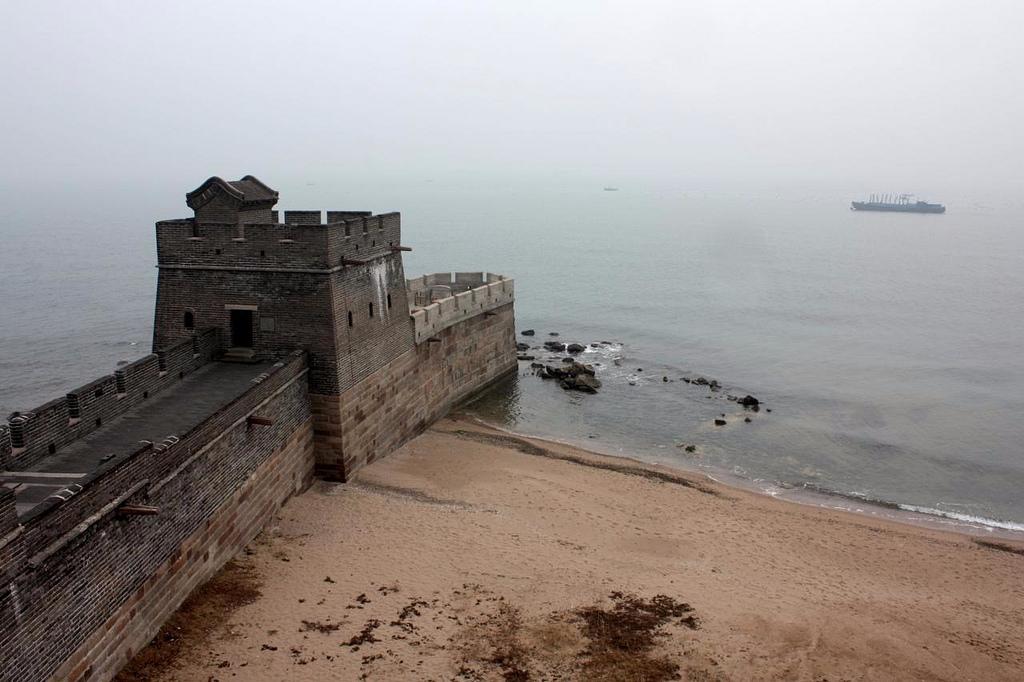
The westernmost point of the monumental structure is located in the vicinity of the city of Jiayuguan, which is in the central part of the Celestial Empire. Here the Great Wall of China is best preserved. This section was built in the XIV century, so it could not withstand the test of time. But it survived thanks to the fact that it was constantly strengthened and repaired. The westernmost outpost of the empire was built near Jiayushan Mountain. The outpost was equipped with a moat and walls – an inner wall and a semicircular outer wall. There are also main gates located on the western and eastern sides of the outpost. There is also the Yuntai Tower, which is considered by many to be a separate attraction. Inside, the walls are embossed with Buddhist texts and bas-reliefs of ancient Chinese kings, which are of enduring interest to researchers.
.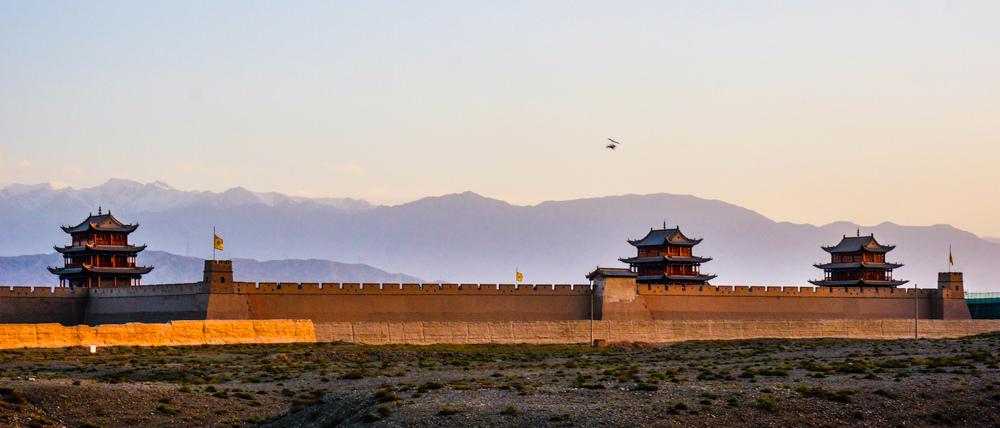
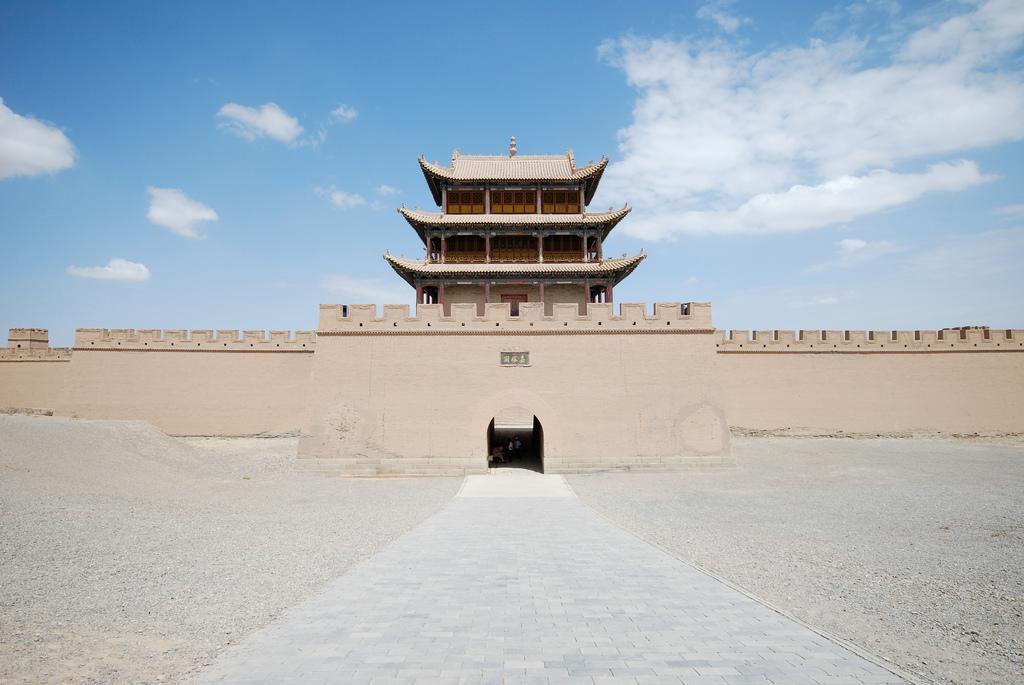
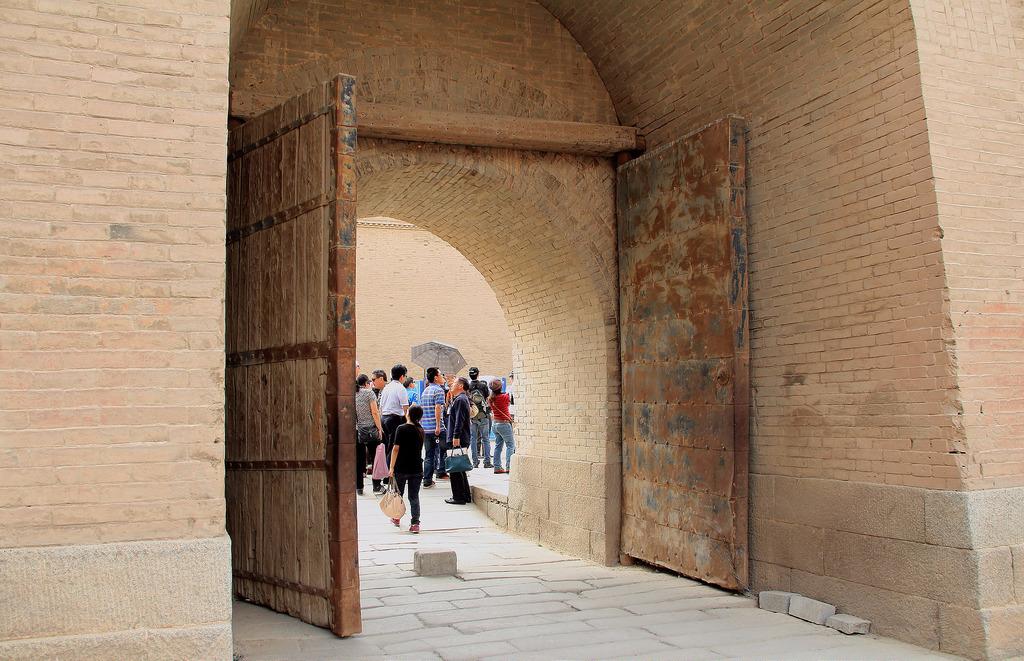
Myths, legends, interesting facts
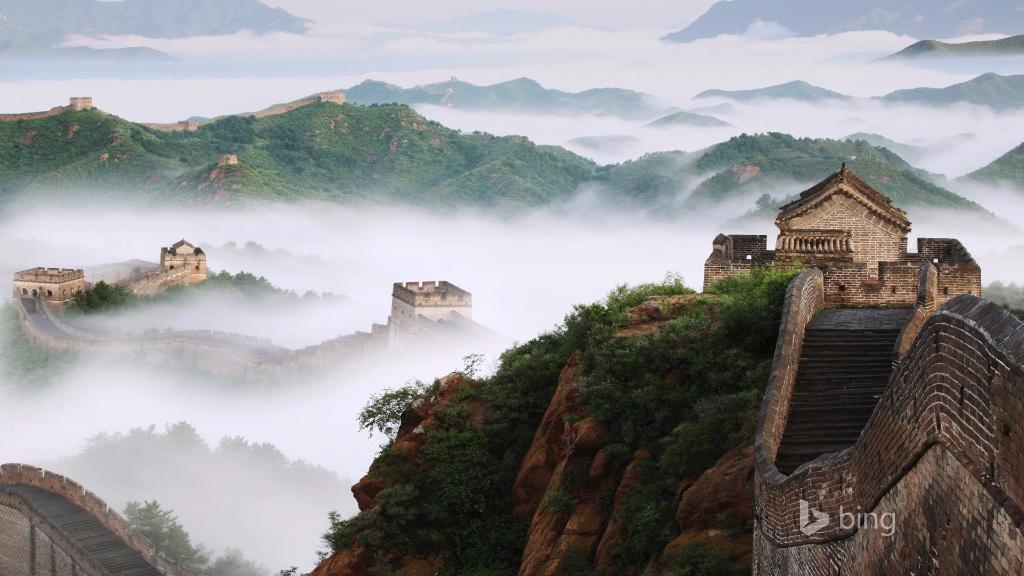
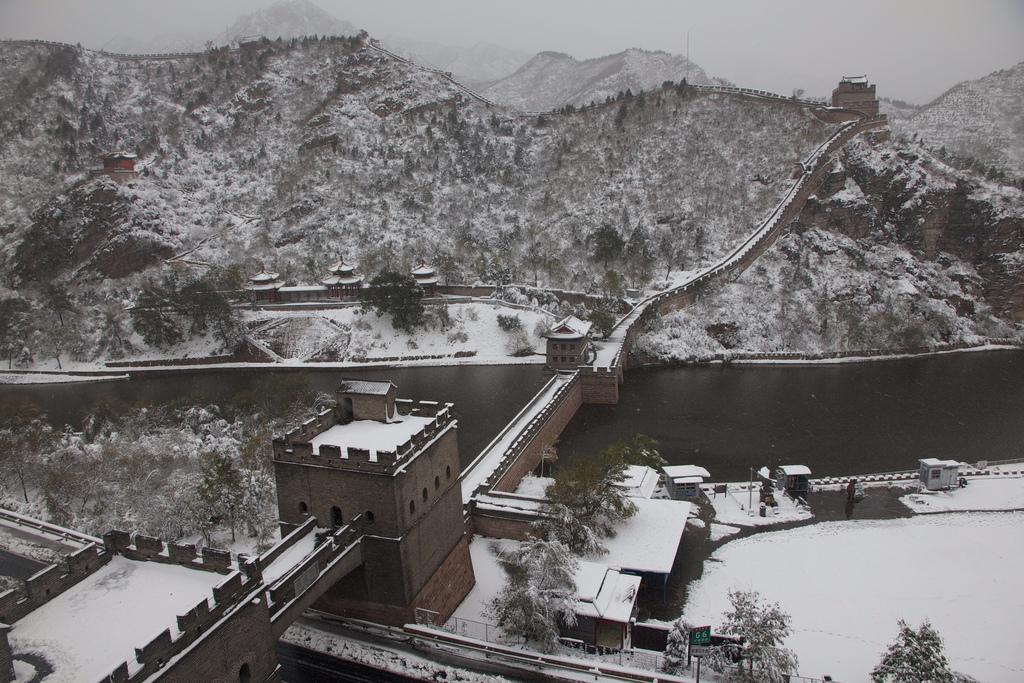
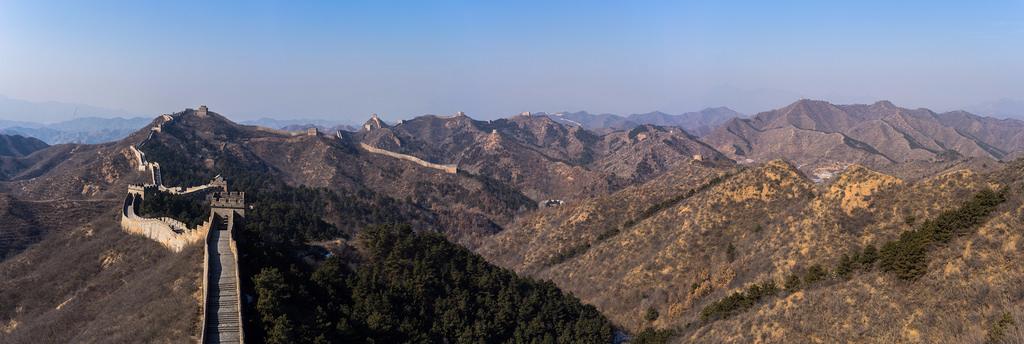

Sections of the Great Wall of China
There are several sections of the Great Wall of China open for tourists to visit. Let’s tell you about some of them.
The closest outpost to Beijing, the modern capital of the PRC, is Badaling (also one of the most popular). It is located north of the Juyunguan Passage and is only 60 kilometers from the city. It was built during the era of the ninth Chinese emperor, Hongzhi, who ruled from 1487 to 1505. Along this section of the wall there are signal platforms and watch towers, which offer a magnificent view if you climb to its highest point. At this point, the object reaches an average height of 7.8 meters. The width is wide enough for 10 pedestrians to pass or 5 horses to pass.
.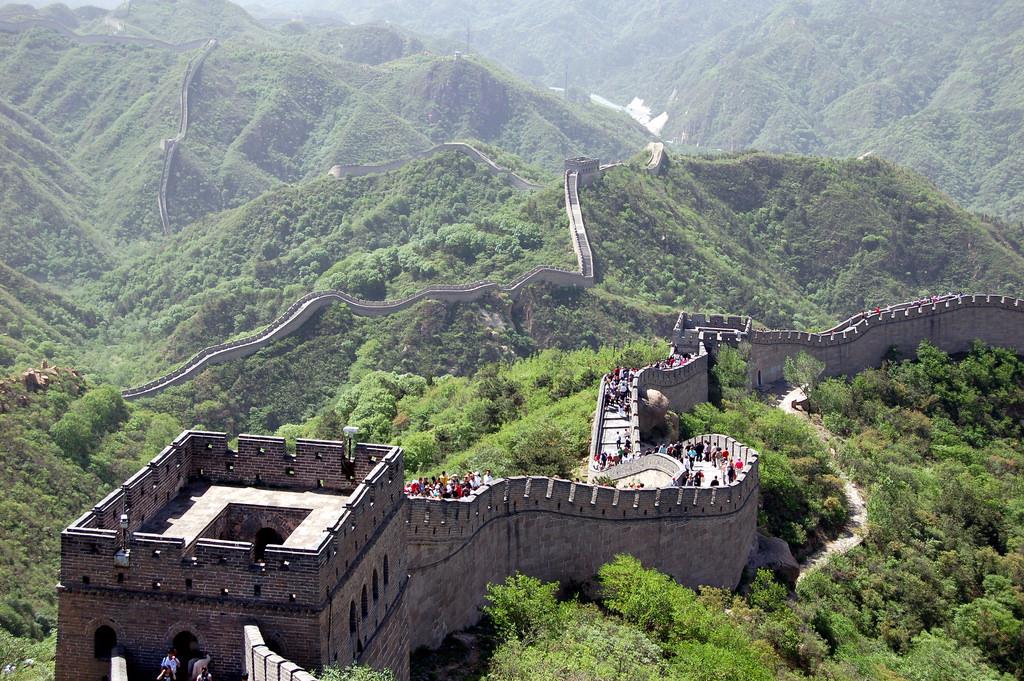
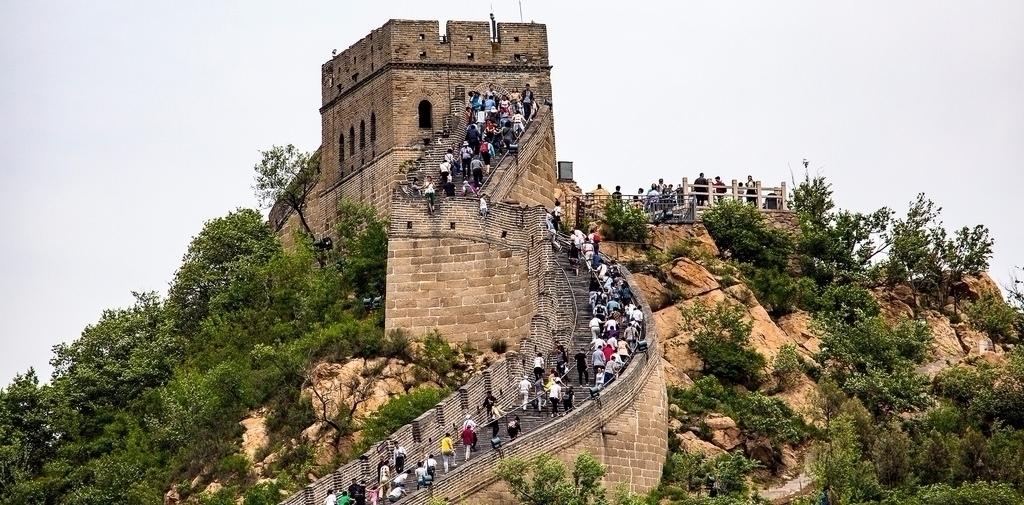
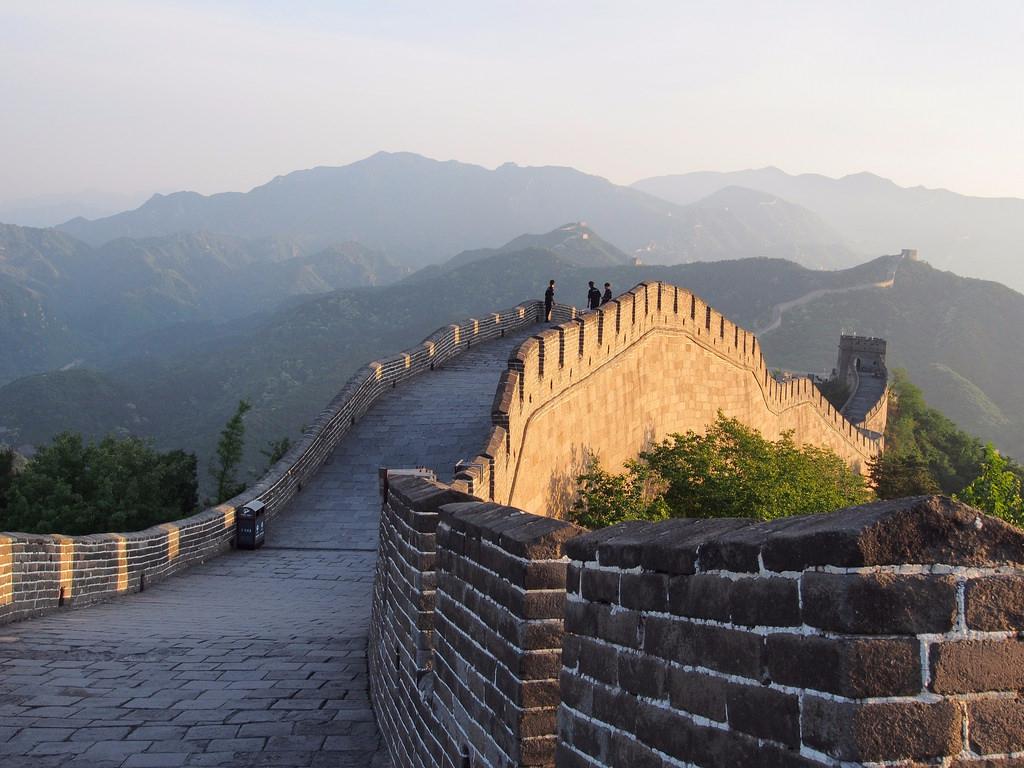
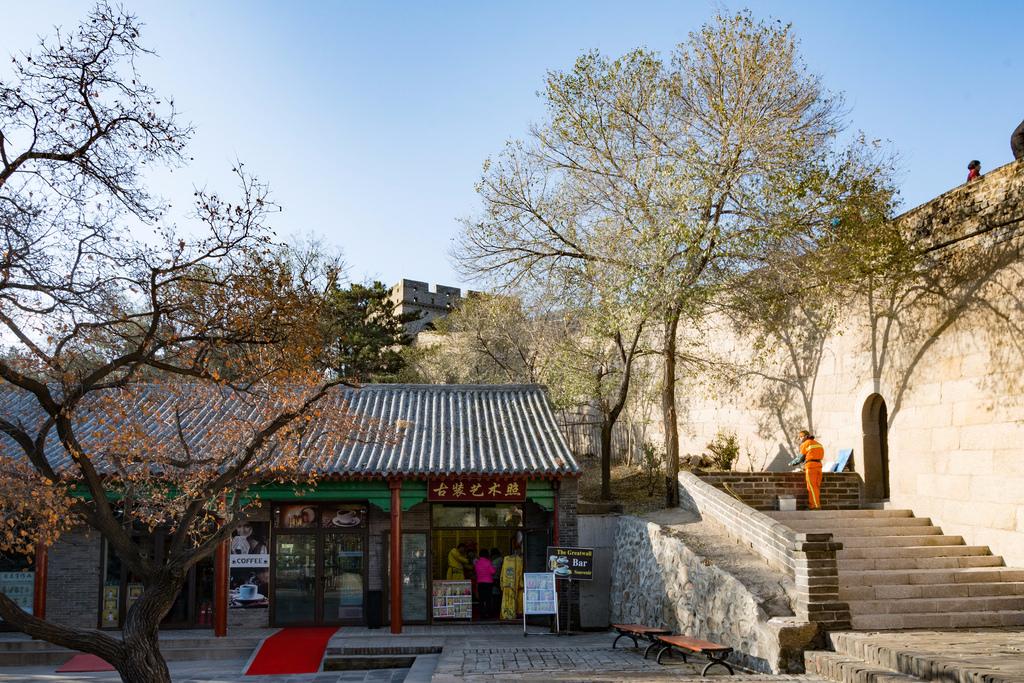
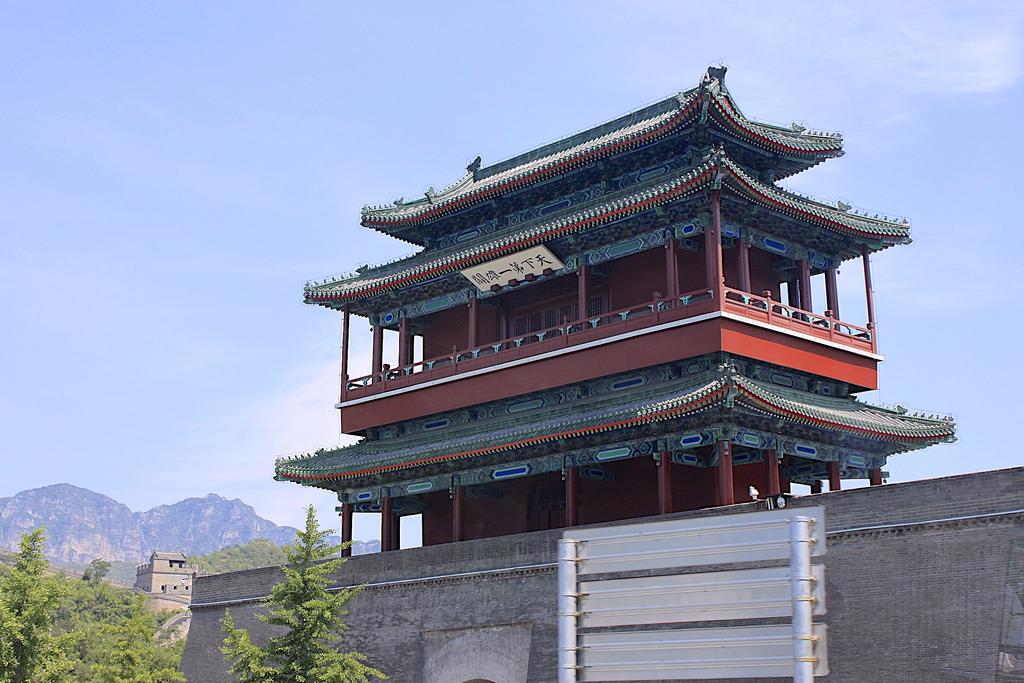

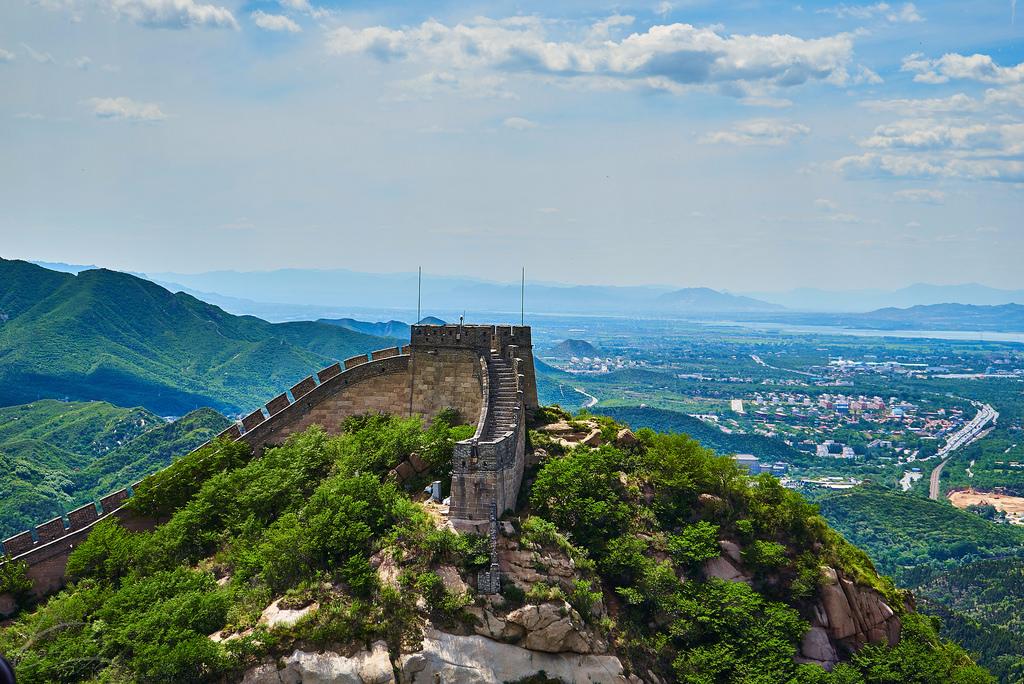

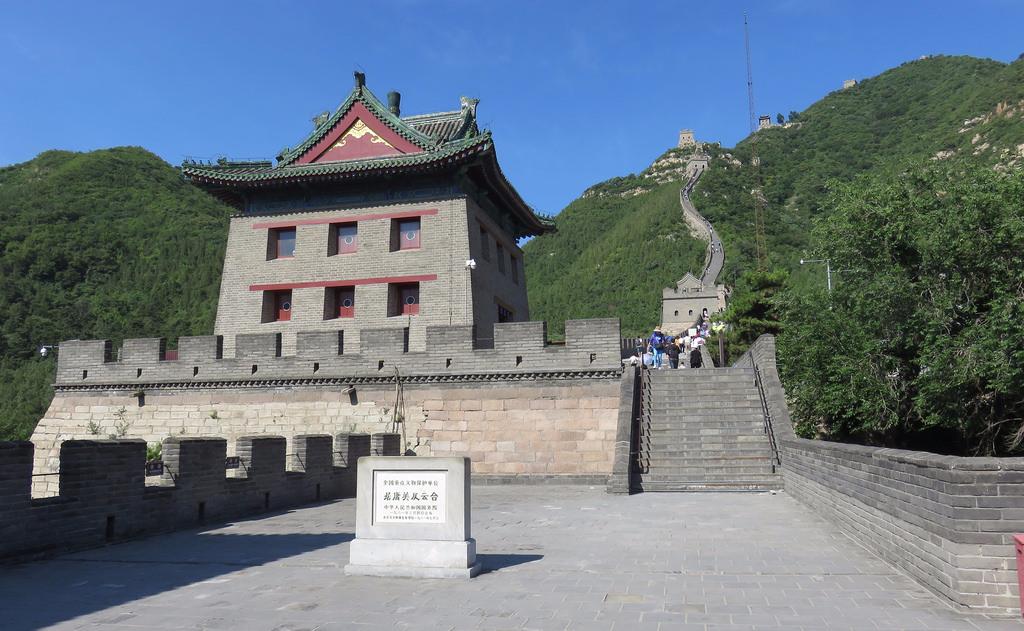
Another outpost quite close to the capital is called Mutianyui and is located 75 kilometers away from it, in Huairou, a district of Beijing’s urban subordination. This section was built during the reigns of Emperors Longqing (Zhu Zaihou) and Wanli (Zhu Yijun) of the Ming dynasty. At this point, the wall takes a steep turn towards the northeastern regions of the country. The local landscape is mountainous, with many steep slopes and cliffs. The outpost is notable for the fact that at its southeastern end three branches of the “great stone border” converge, and at a height of 600 meters.
.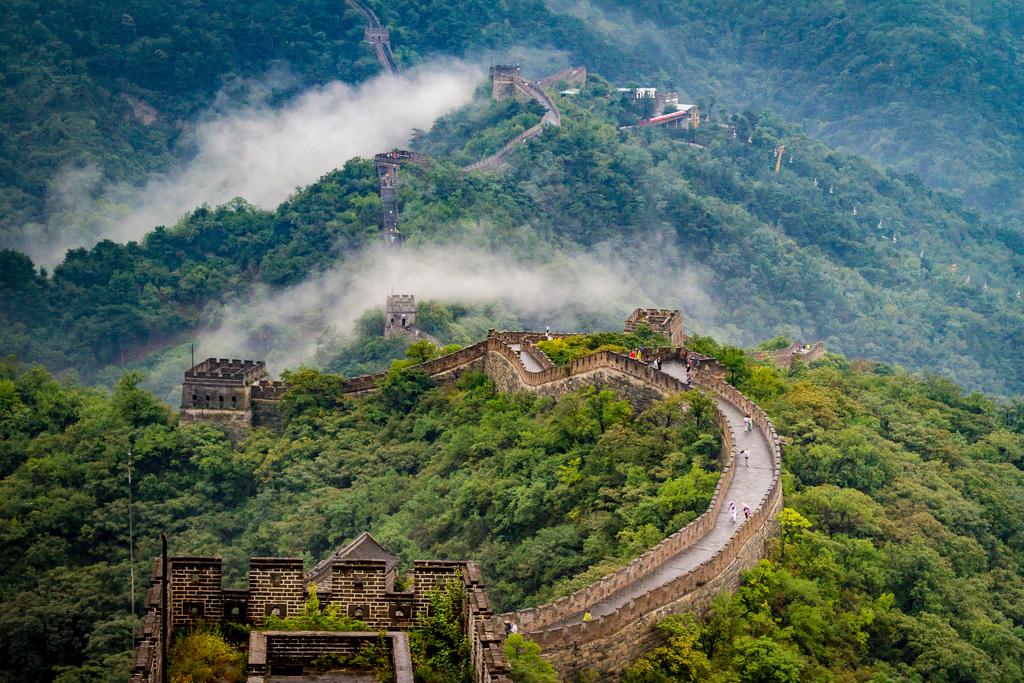
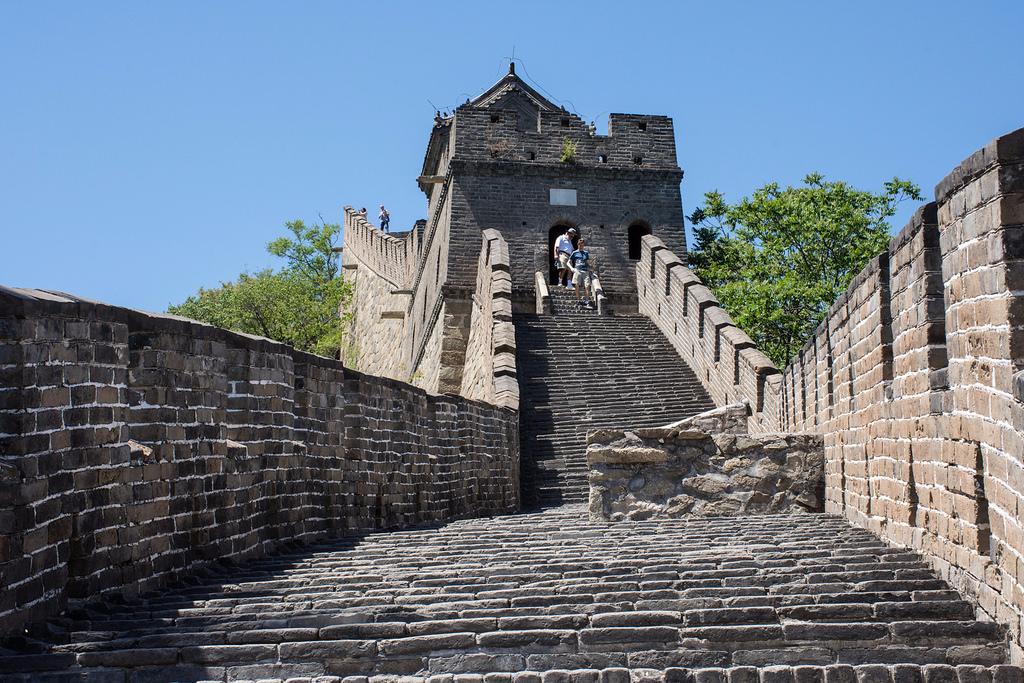
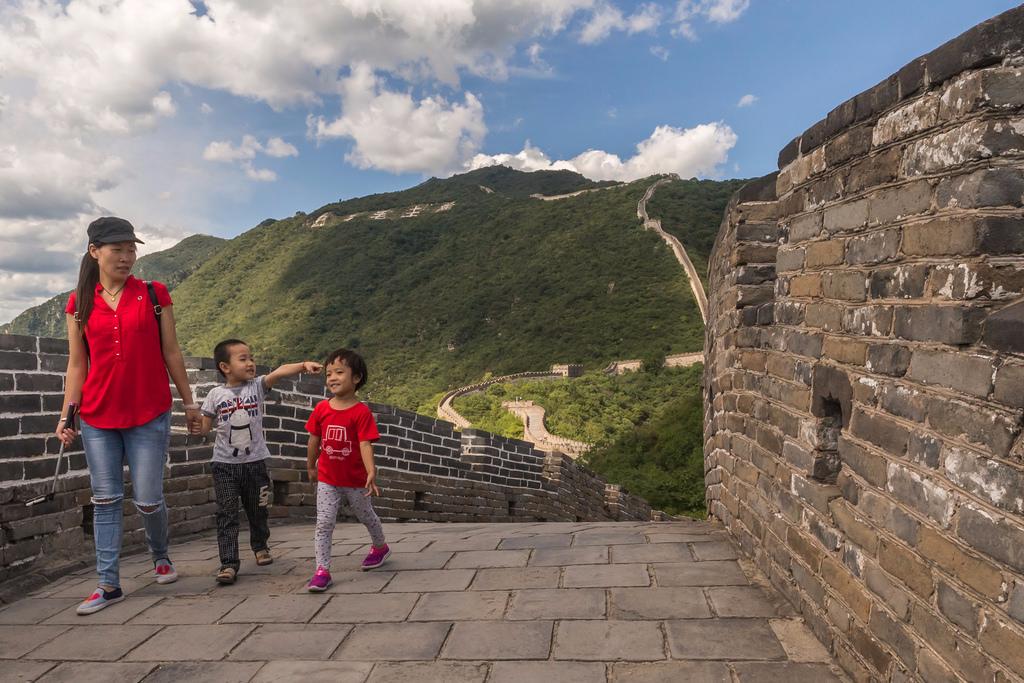
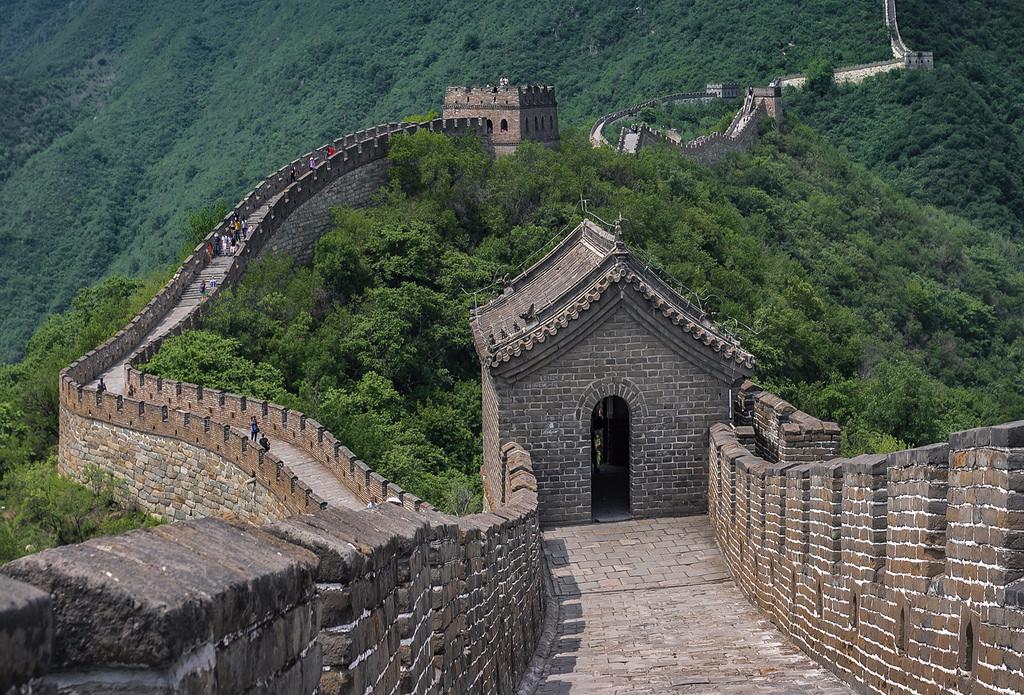
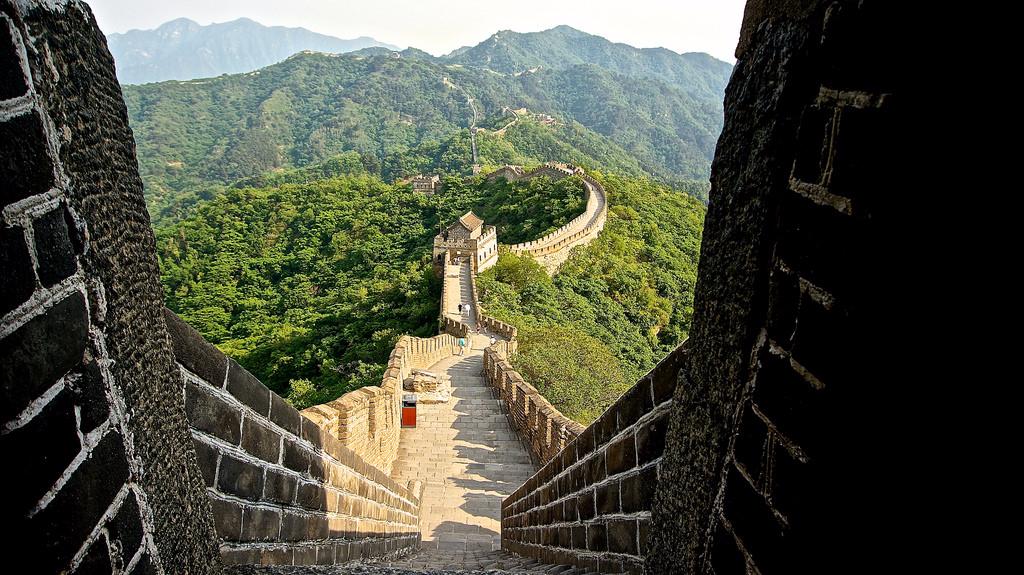
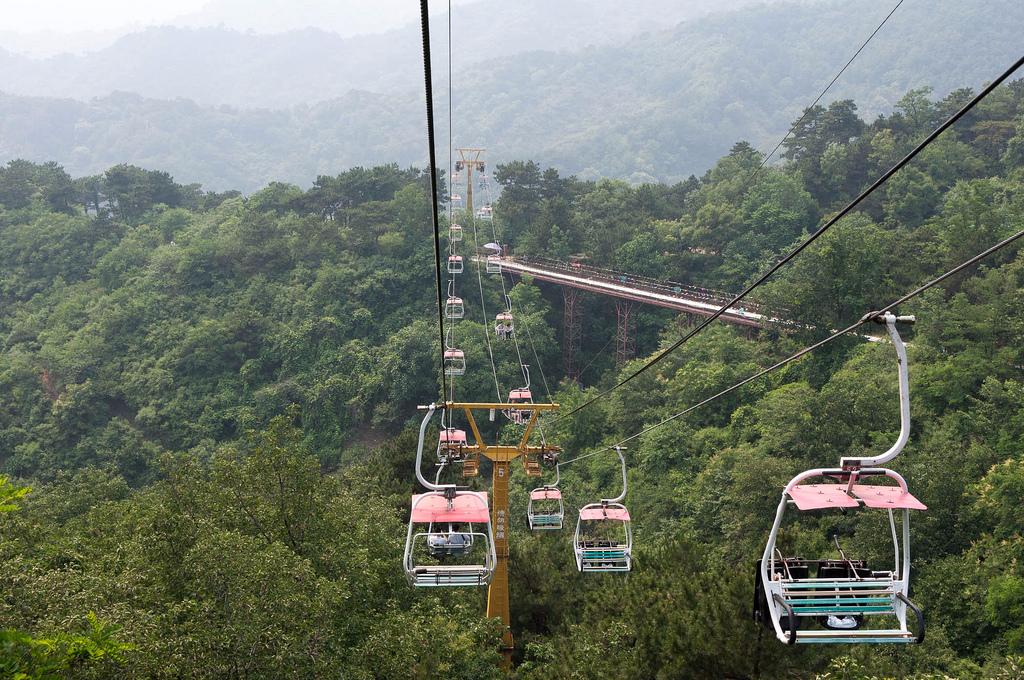
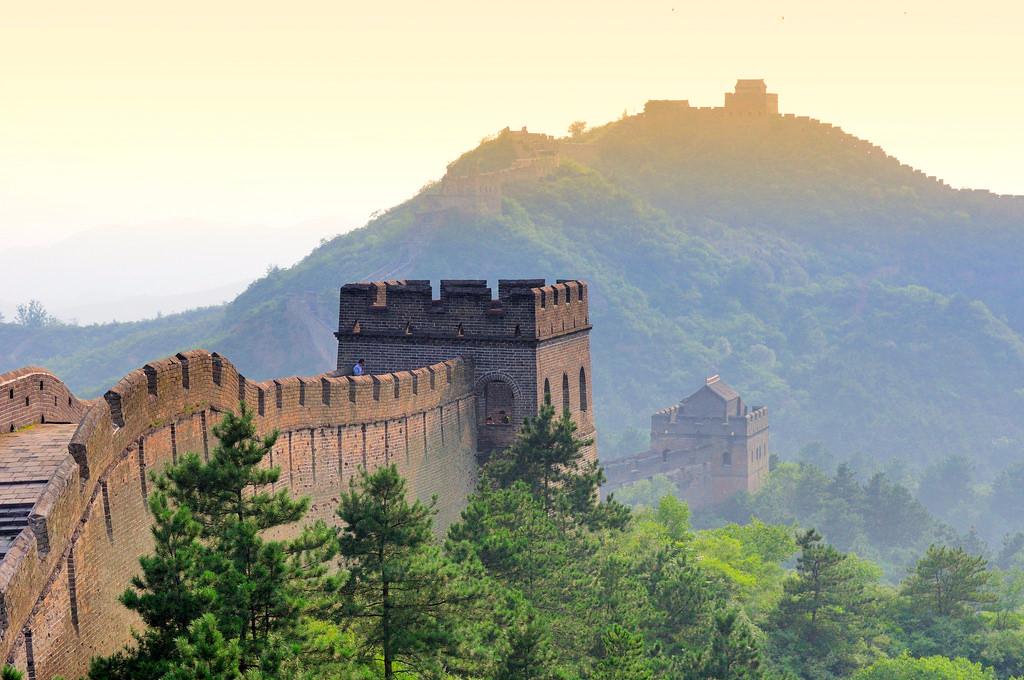
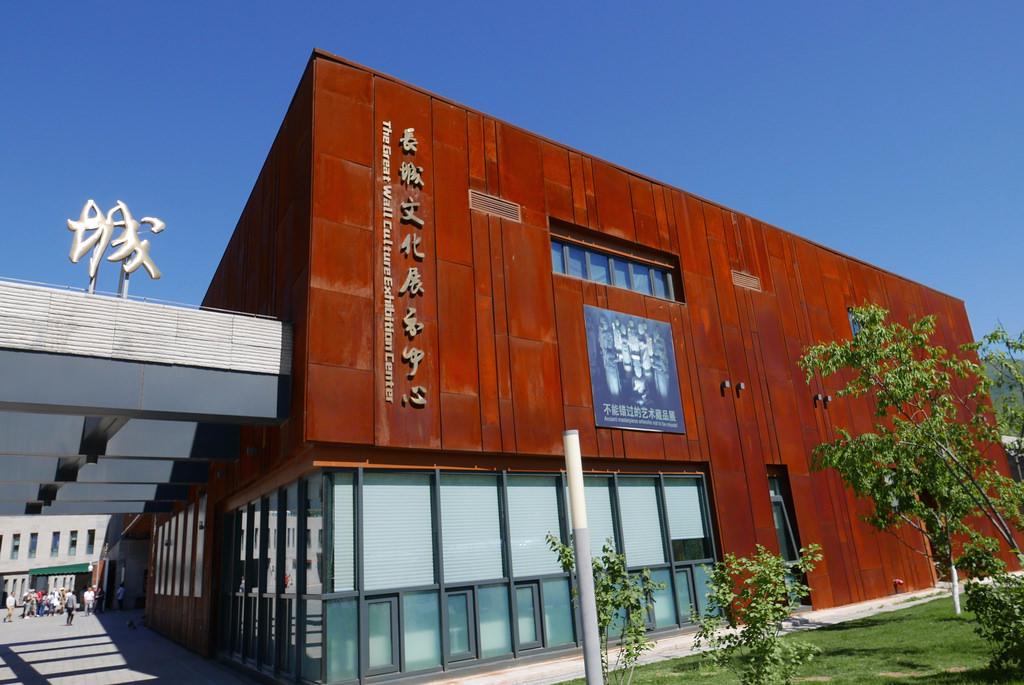
One of the few sections where the Great Wall of China has been preserved in almost pristine condition is Simatai. It is located in Gubeikou Village, which is 100 kilometers northeast of Miyun County, which belongs to Beijing Municipality. This site stretches for 19 kilometers. In its southeastern part, which still impresses with its impregnable appearance today, there are partially preserved observation towers (14 in total).
.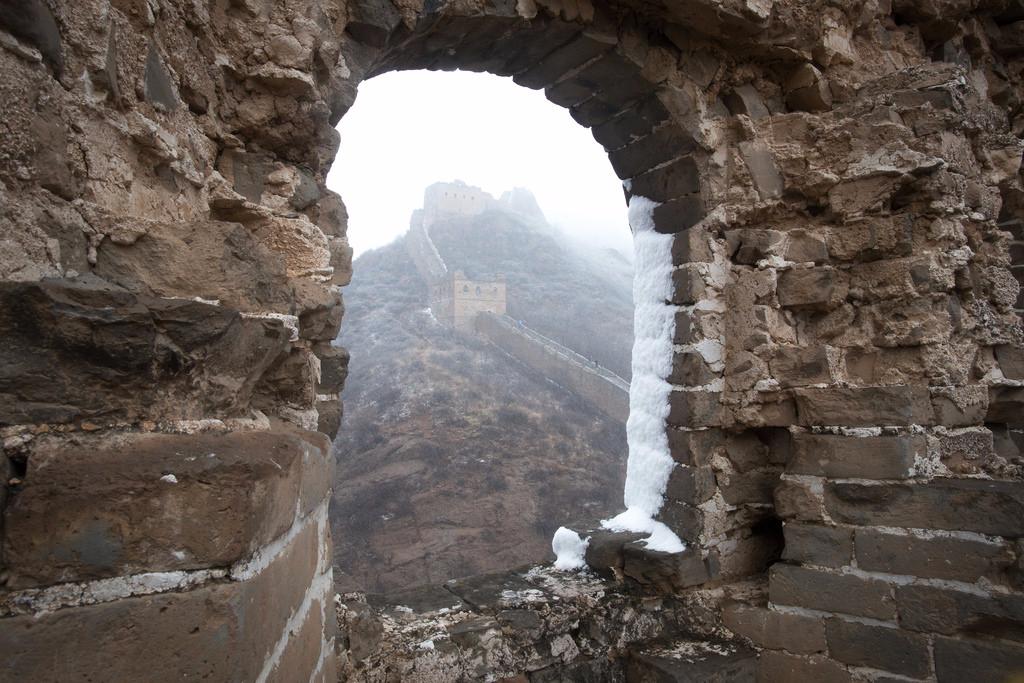
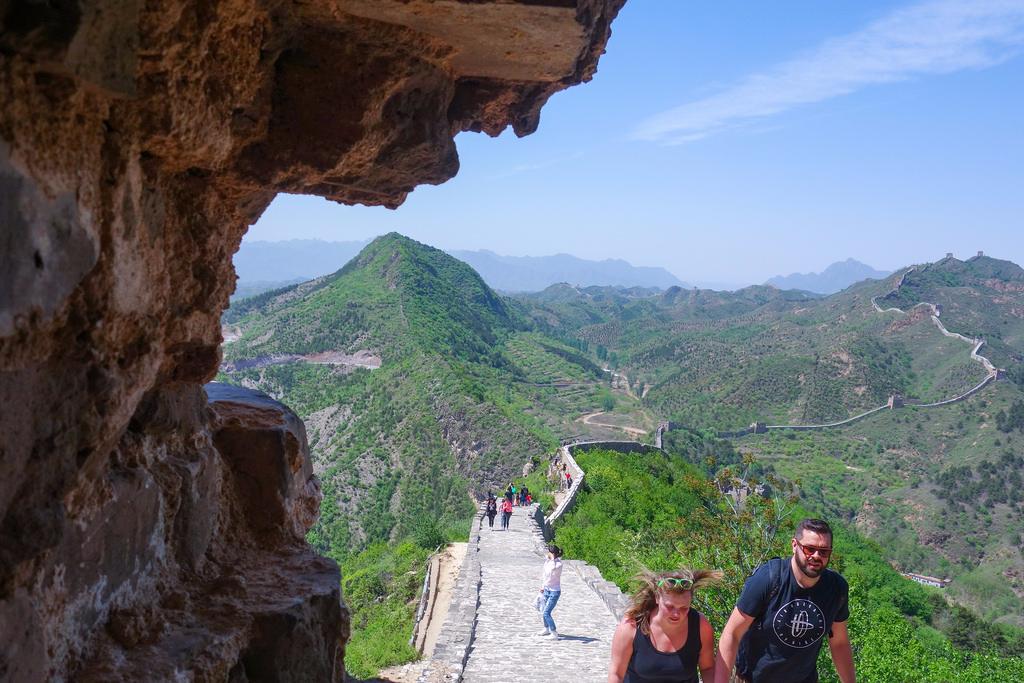
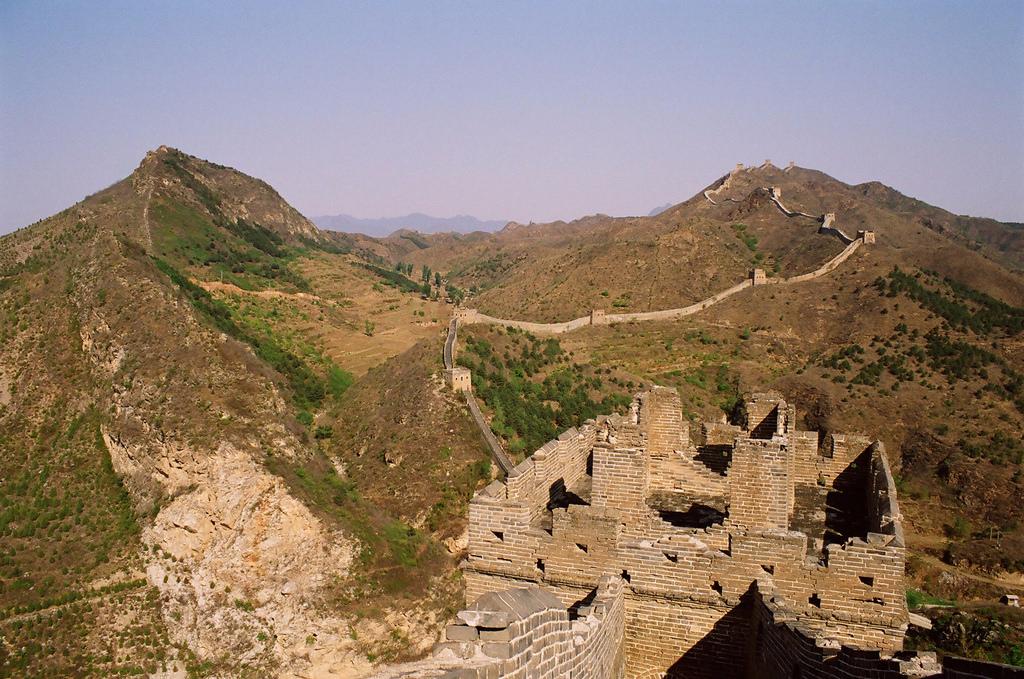
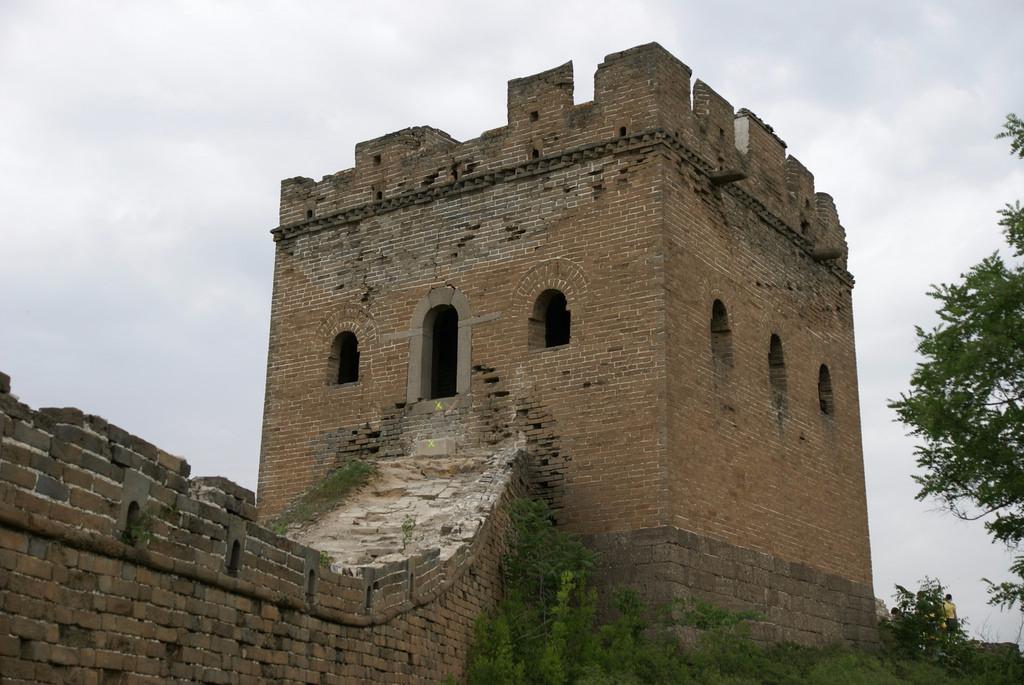
From the Jinchuan Gorge, the steppe section of the wall originates – it is east of the county town of Shandan, which is in Zhangye County, Gansu Province. In this place the construction stretches for 30 km, and its height varies within 4-5 meters. In ancient times, the Great Wall of China was supported on both sides by a parapet, which has survived to this day. The gorge itself deserves special attention. At a height of 5 meters, if you count from its bottom, right on the rocky cliff you can see several carved characters. The inscription translates to “Jinchuan Citadel.”
.https://trevaladvisor.com/img%img/Velikaya-Kitajskaya-stenareterte/Stepnoy-uchastok-steny-1.jpg” alt=””/>‘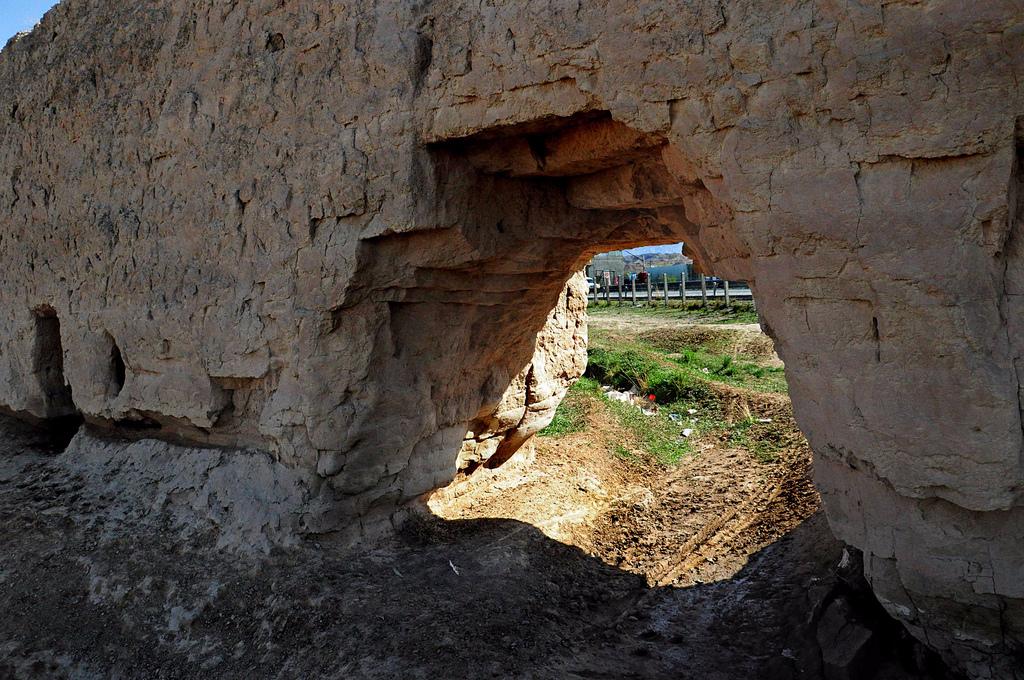
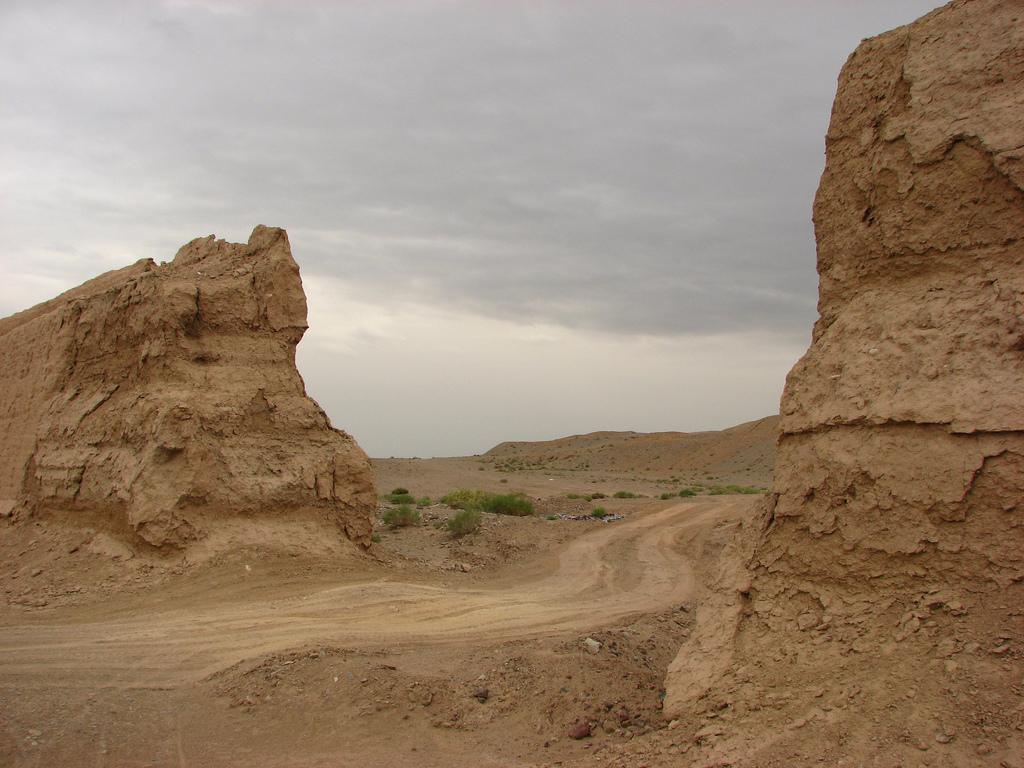

In the same Gansu province, north of the Jiayuguan outpost, a precipitous section of the Great Wall of China sits just 8 kilometers away. It was built during the Ming Empire. It was built during the Ming Empire and it was built because of the specifics of the local landscape. The curves of the mountain relief, which the builders had to take into account, “lead” the wall to a steep descent directly into the cleft, where it goes flat. In 1988, the Chinese authorities restored this section and a year later opened it to tourists. From the watchtower, the panorama of the surrounding area on both sides of the wall is magnificent.
.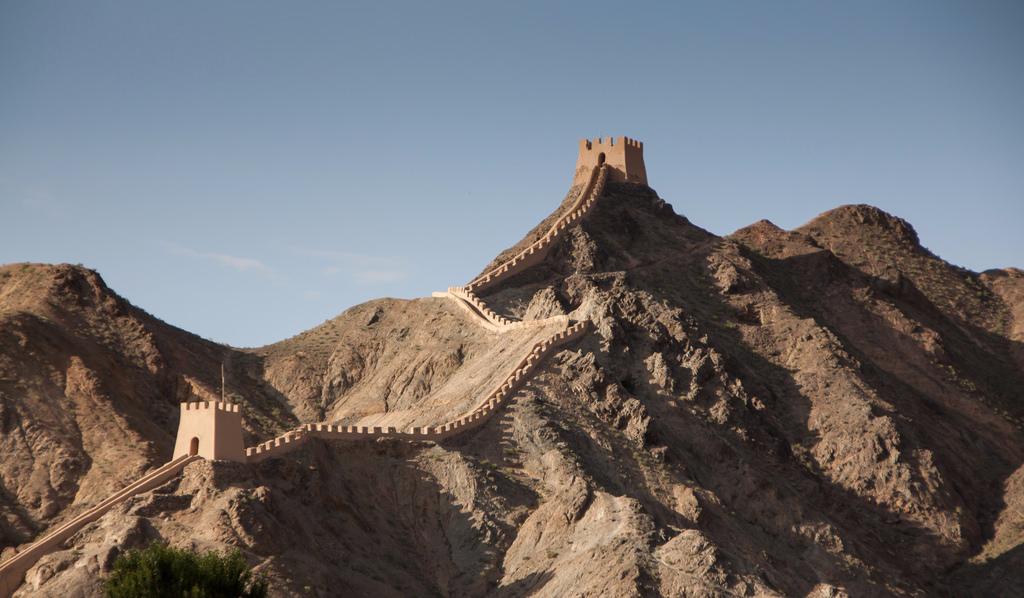
The ruins of the Yangguan Outpost are located 75 kilometers southwest of Dunhuang, which in ancient times served as a gateway to the Celestial Empire on the Great Silk Road. In ancient times, the length of this section of the wall was about 70 kilometers. Here you can see impressive piles of stones and earth ramparts. All this leaves no doubt: there were at least a dozen watch and signal towers. However, they have not survived until our time, unless you count the signal tower to the north of the outpost, on Mount Dongdun.
.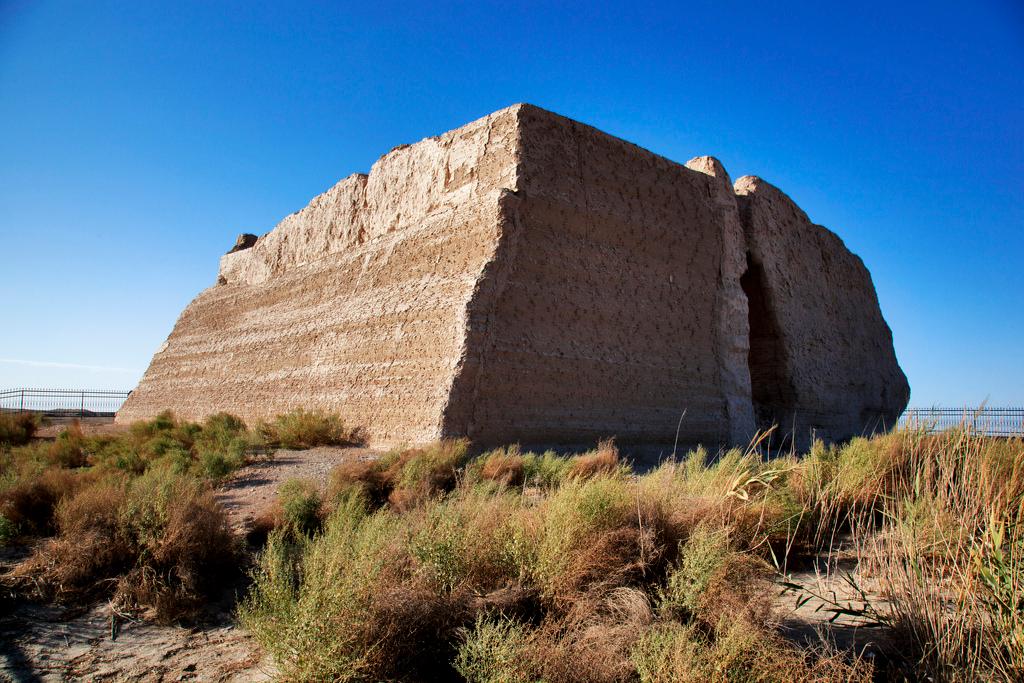
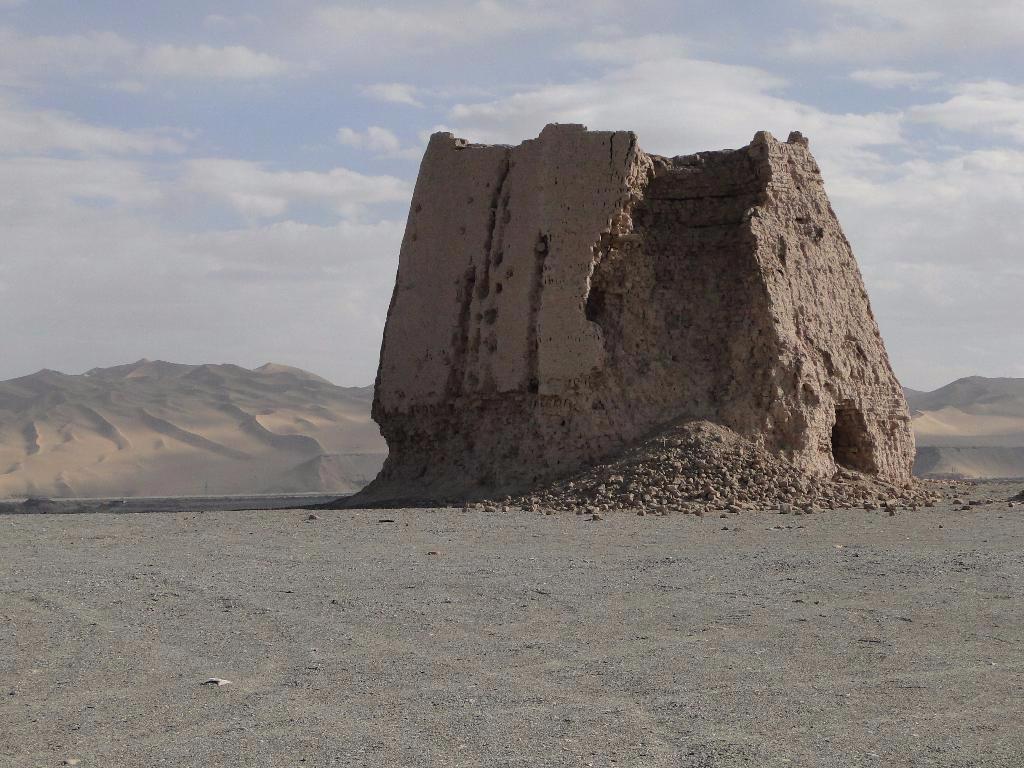
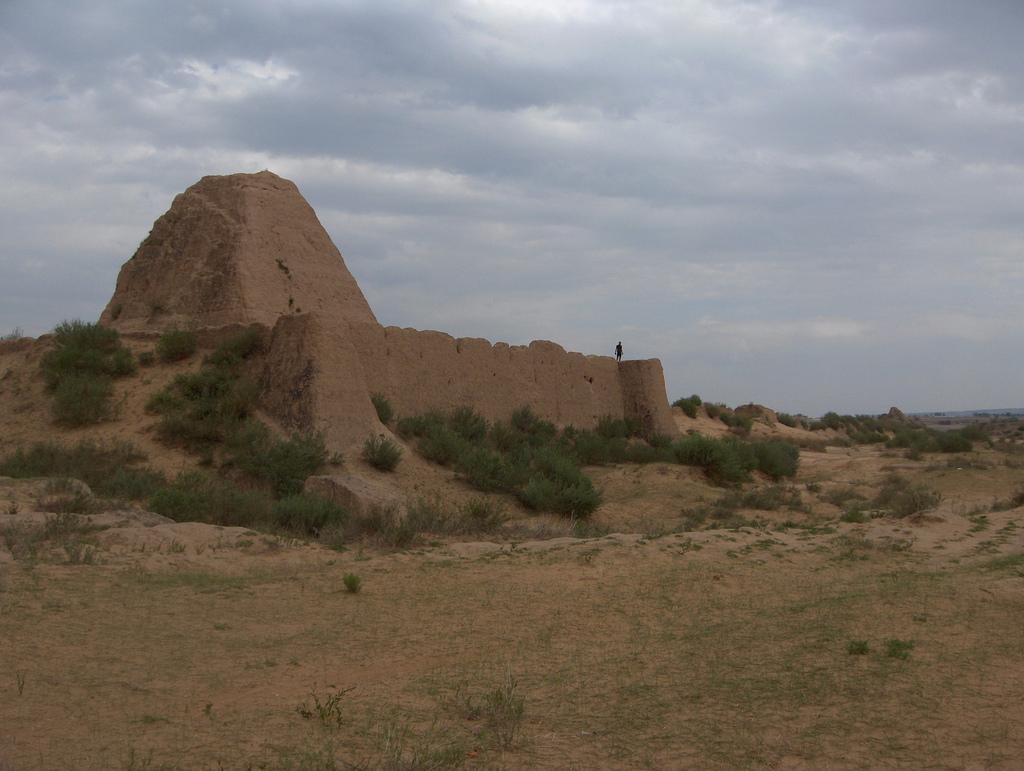
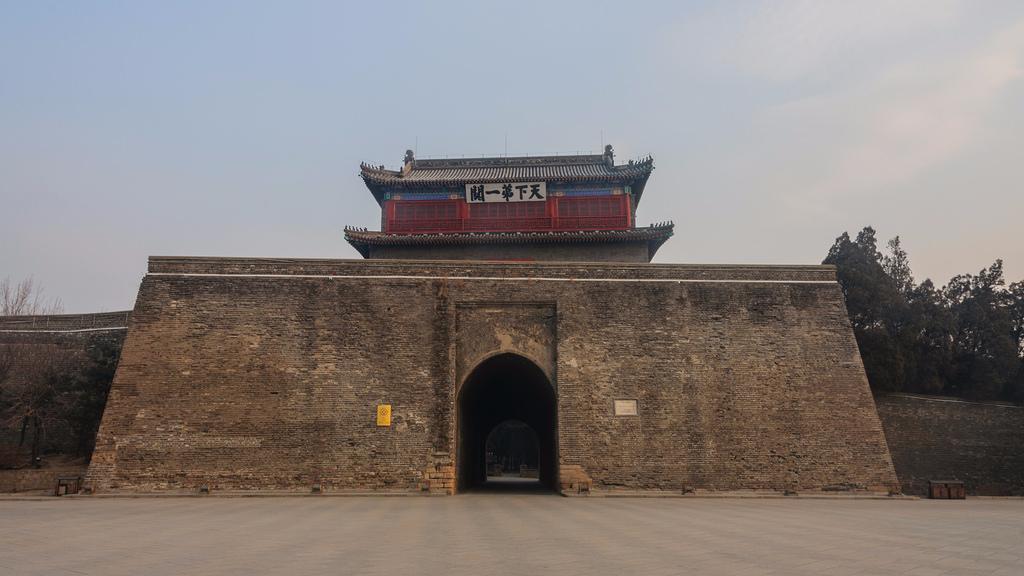
Deng Xiaoping, the founder of economic reform in the PRC, also paid great attention to the preservation of the country’s historical heritage. It was he who initiated the restoration of the Great Wall of China, a program that began in 1984. It was financed from a variety of sources, including foreign business structures and donations from individuals. To raise money in the late 80’s in the capital of the Celestial Empire even held an art auction, the course of which was widely covered not only in the country itself, but also by leading TV companies in Paris, London and New York. A lot of work has been done with the proceeds, but the sections of the wall remote from tourist centers are still in a deplorable state.
.Great Wall Museum
On September 6, 1994, the Great Wall of China themed Museum was inaugurated in Badaling. Behind the building, which resembles the wall in its appearance, is the wall itself. The institution aims to popularize the great historical and cultural heritage of this no exaggeration unique architectural object.
.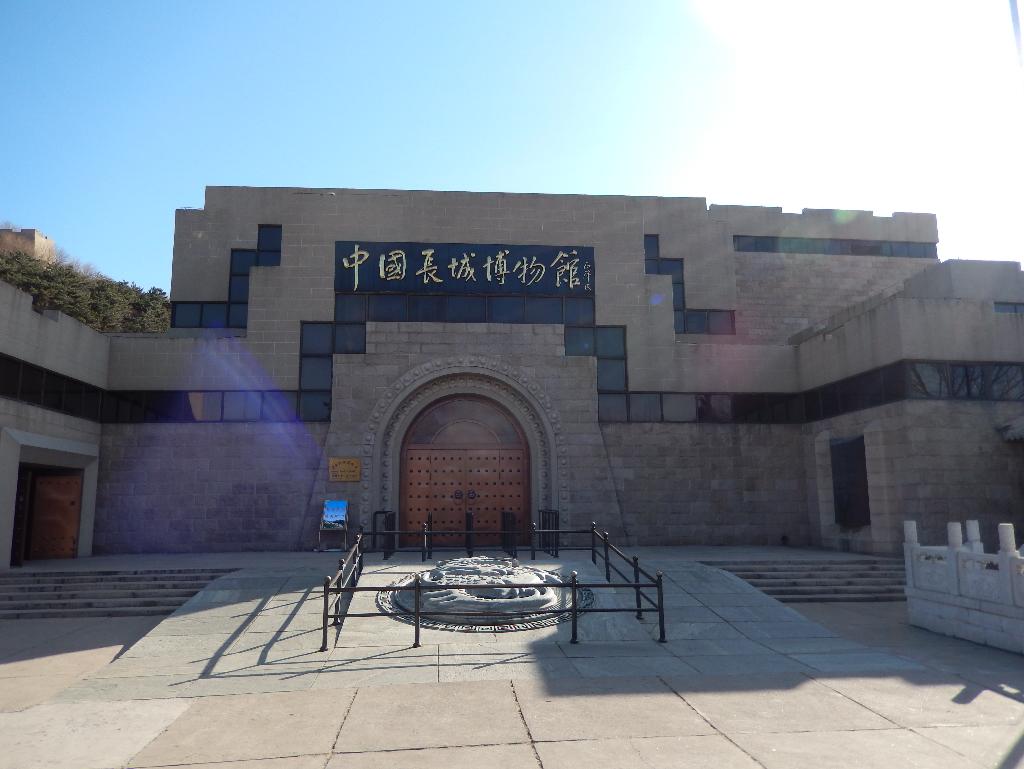
Even the corridor in the museum is stylized under it – it is characterized by winding, along its entire length there are “passages”, “signal towers”, “fortresses”, etc. The excursion makes you feel as if you are traveling along the real Great Wall of China: everything here is so well thought out and realistic.
.Tourists to Note
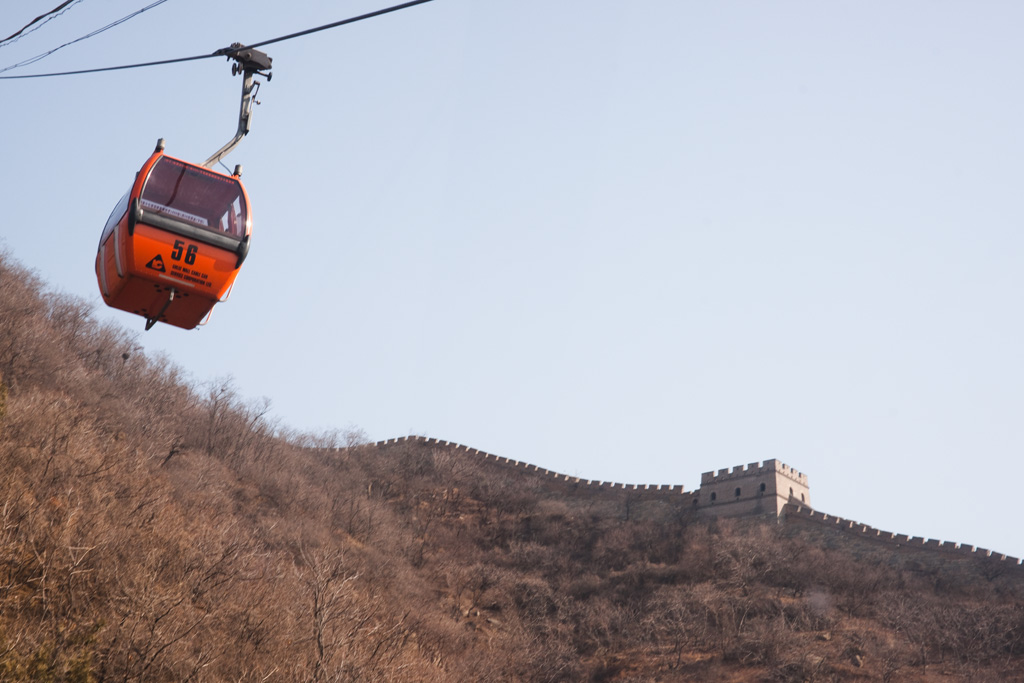
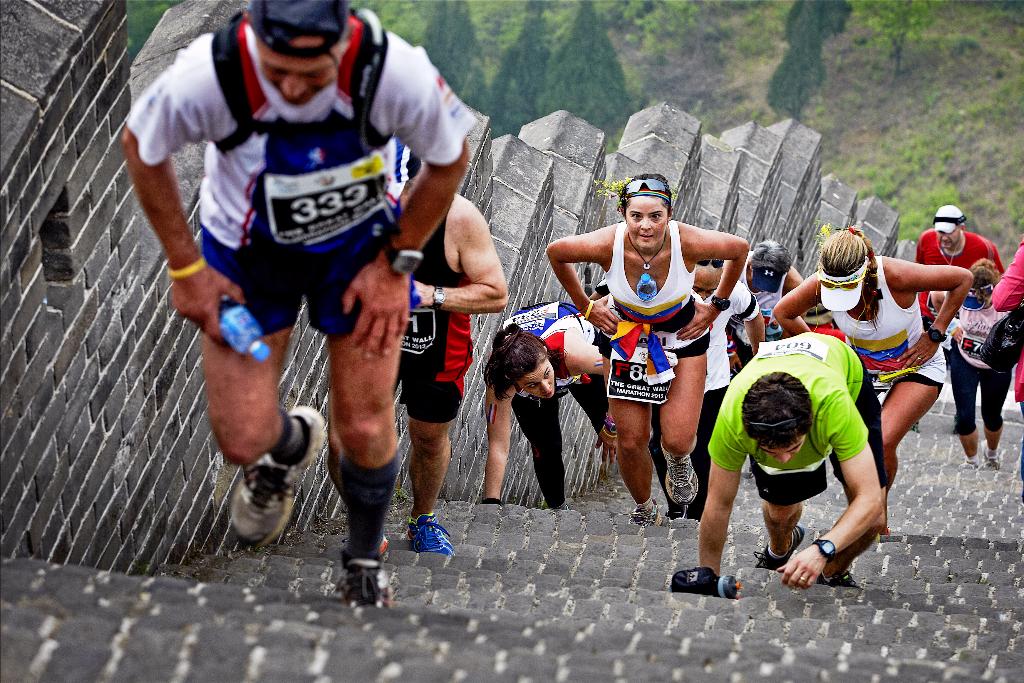
Visiting the Great Wall of China is provided both as part of tour groups and individually. In the first case, tourists are taken by special buses that usually leave from Beijing’s Tiananmen Square, Yabaolu Street and Qianmen Street, while in the second case, inquisitive travelers can use public transport or a private car with a driver hired for the day.
.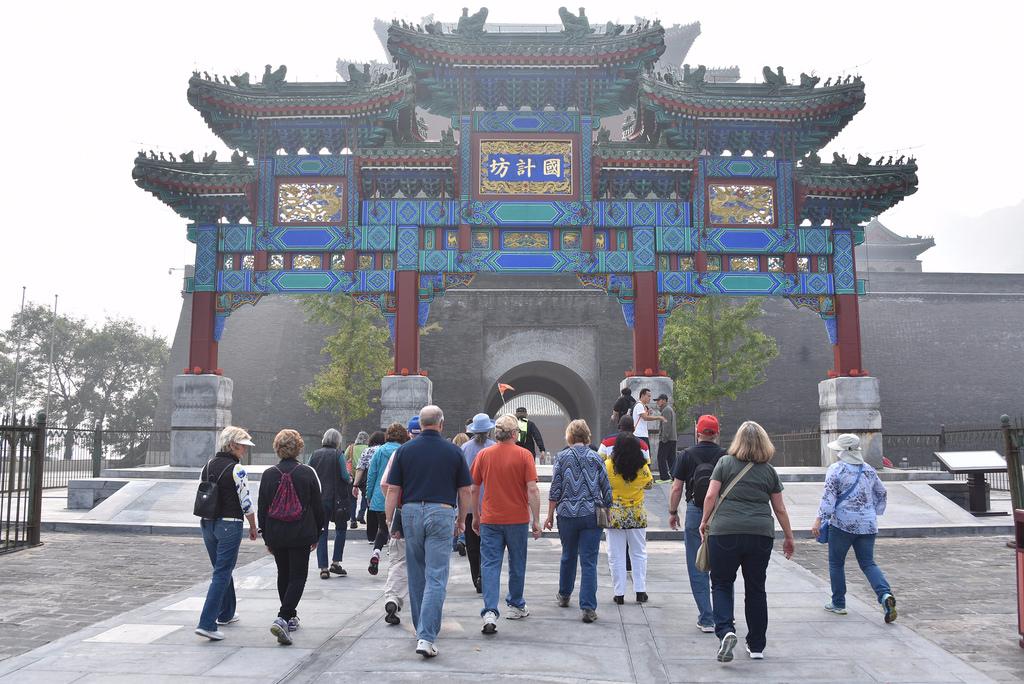
The first option is suitable for those who are in the Middle Kingdom for the first time and do not know the language. Or, on the contrary, those who know the country and speak Chinese, but want to save money: group excursions are relatively inexpensive. But there are costs here, namely the considerable duration of such tours and the need to be guided by the other members of the group.
.Public transportation to get to the Great Wall of China is usually used by those who know Beijing well and at least speak and read a little Chinese. A trip by regular bus or train is cheaper than even the most attractively priced group tour. There is also a time saving: an independent tour will allow you not to be distracted, for example, to visit the numerous souvenir shops, where guides love to take tourists in the hope of earning their commission from sales.
.
Renting a driver with a car for the whole day is the most comfortable and flexible way to get to the section of the Great Wall of China that you choose yourself. The pleasure is not cheap, but it is worth it. Wealthy tourists often order a car through the hotel. You can also catch it just on the street, as a regular cab: this is how many people in the capital earn money, readily offering their services to foreigners. Just don’t forget to take the driver’s phone number or take a picture of the car itself, so that you won’t have to look for it for a long time if the person goes somewhere else or drives away before you return from your excursion.
.